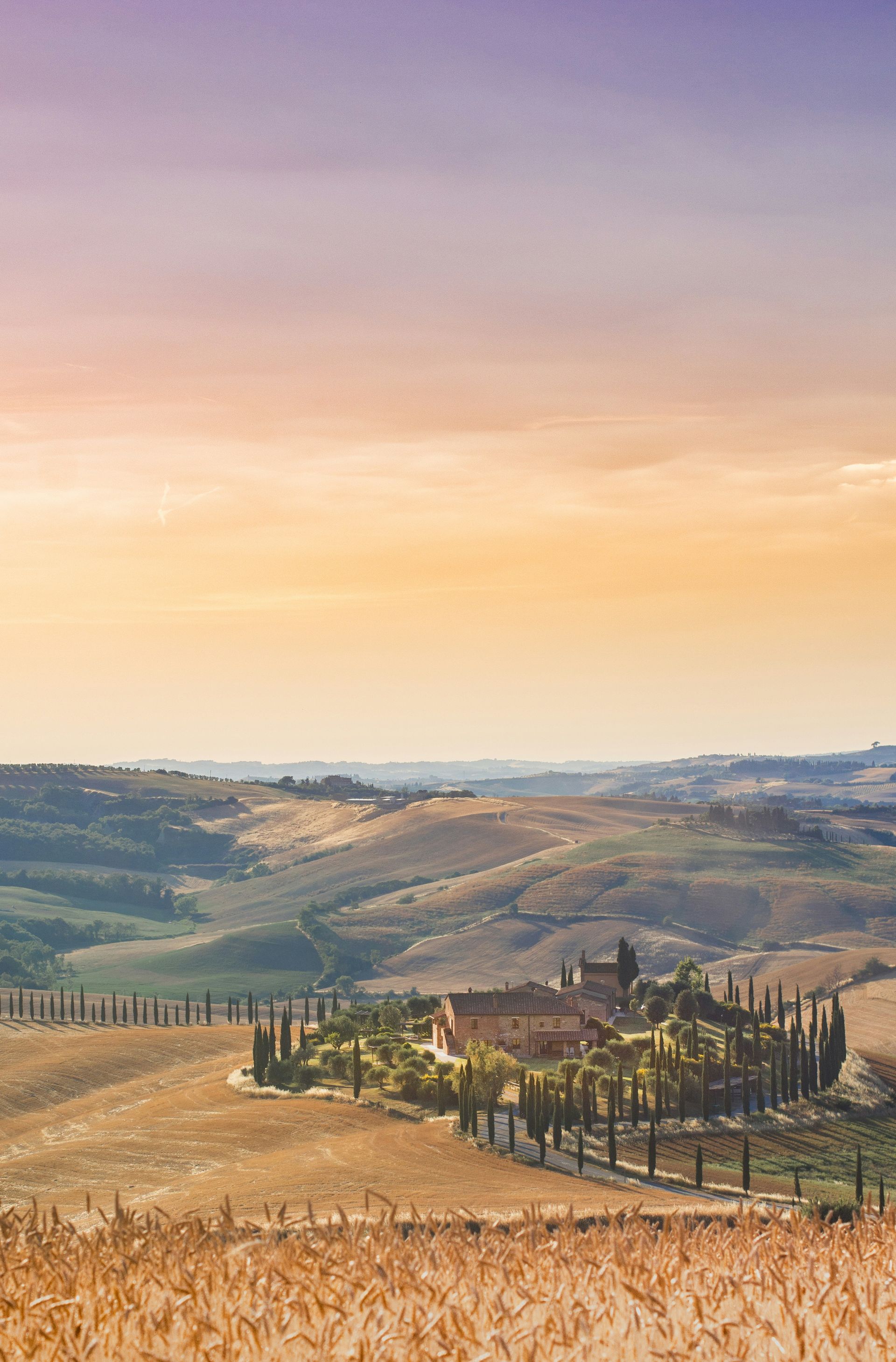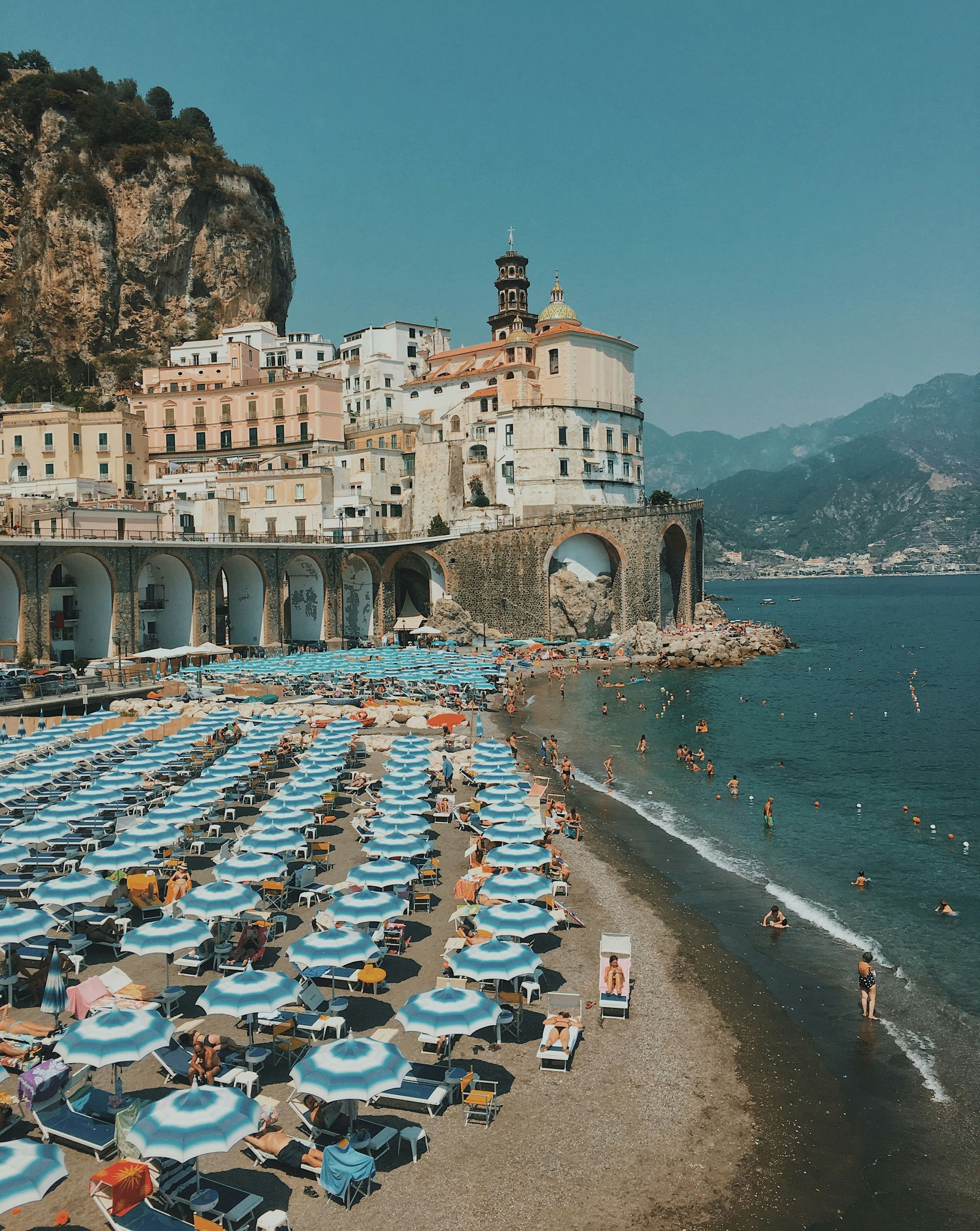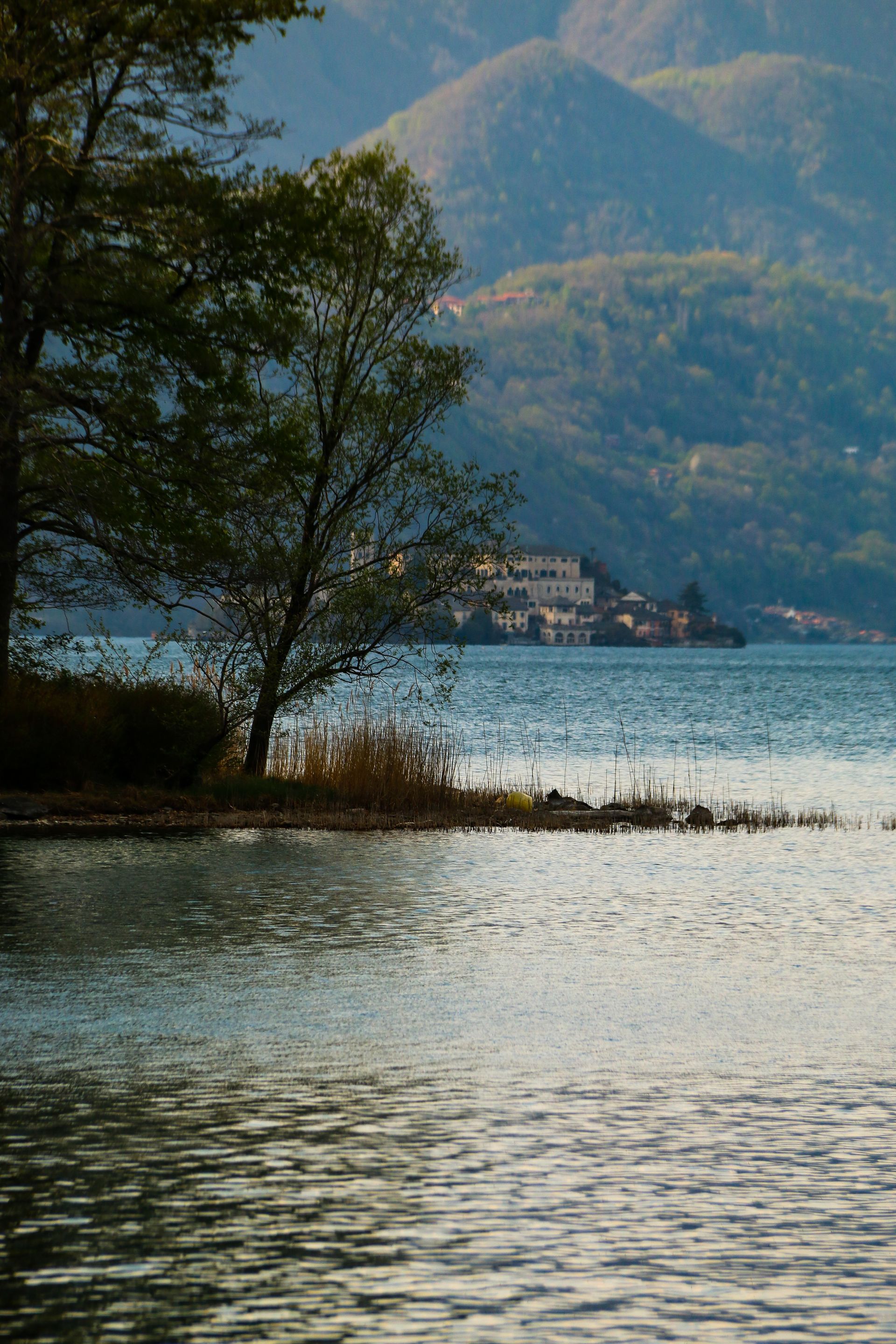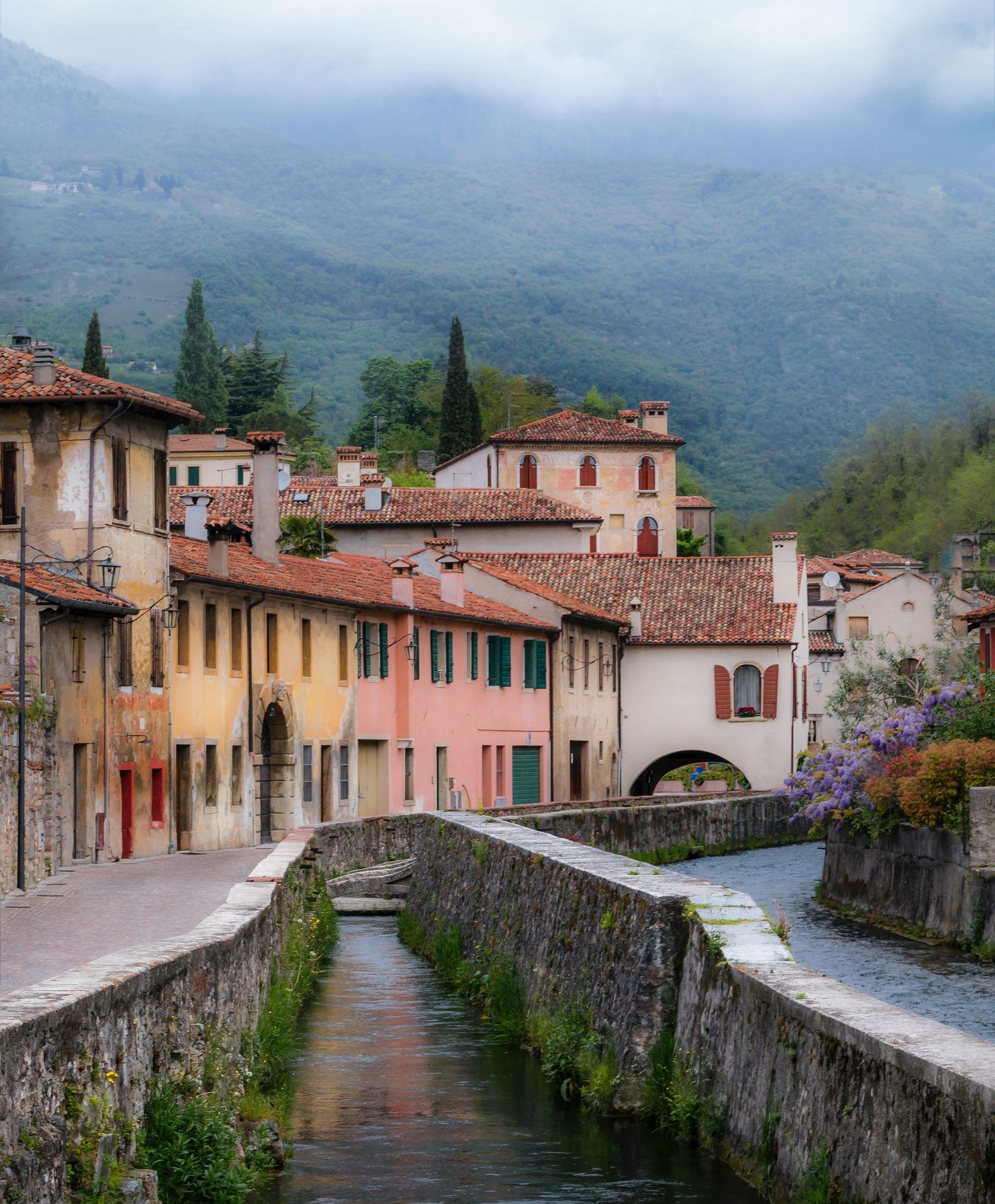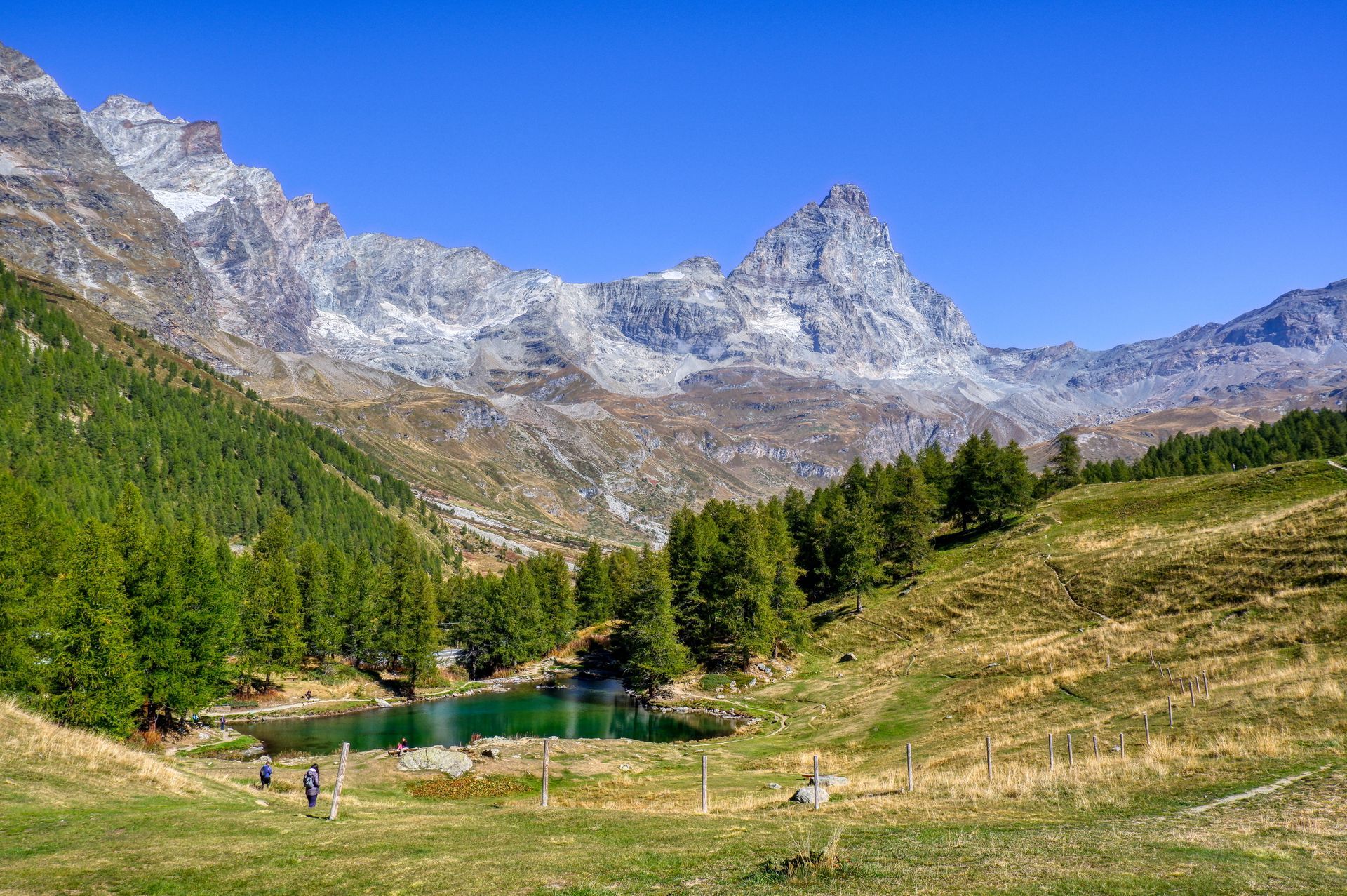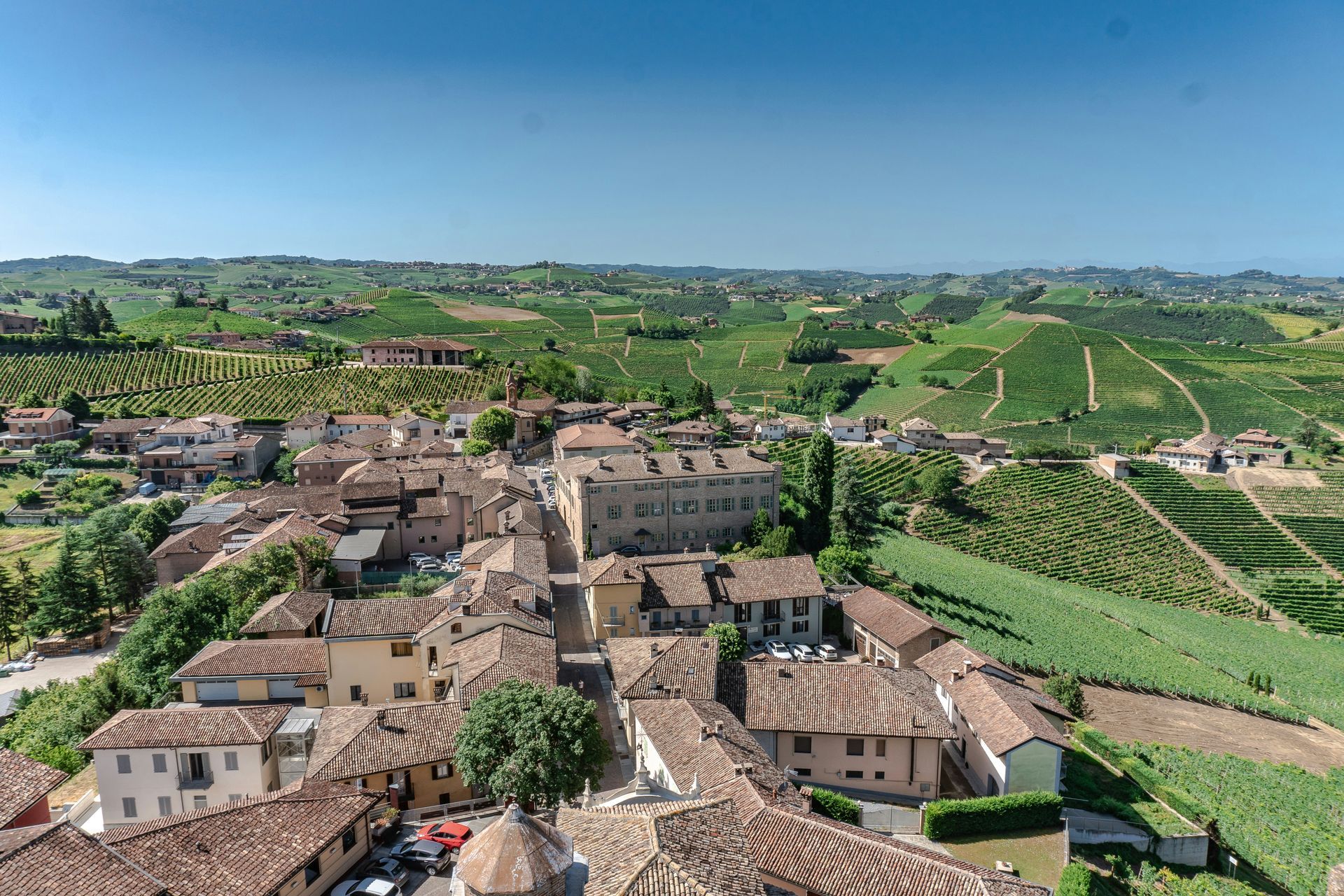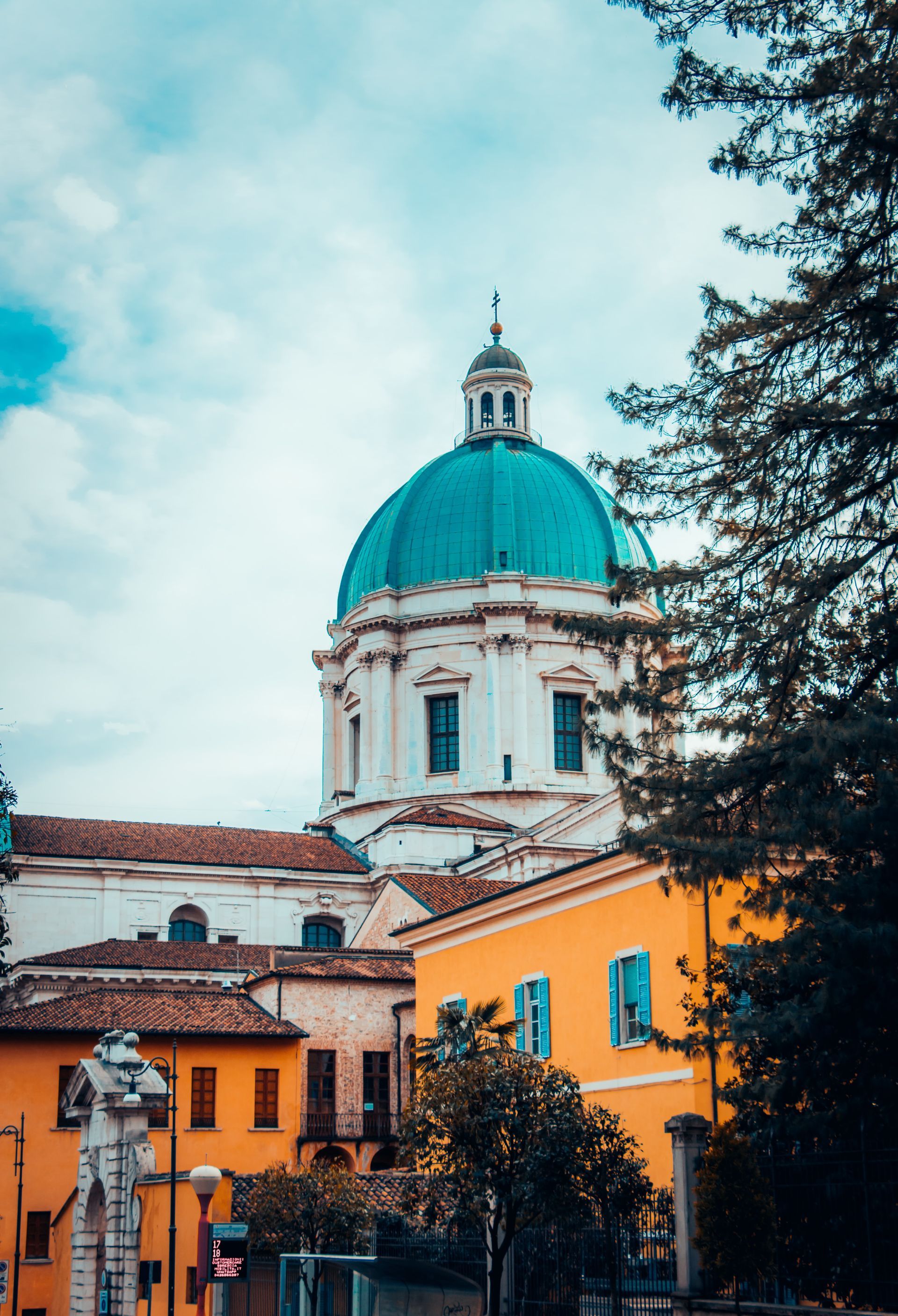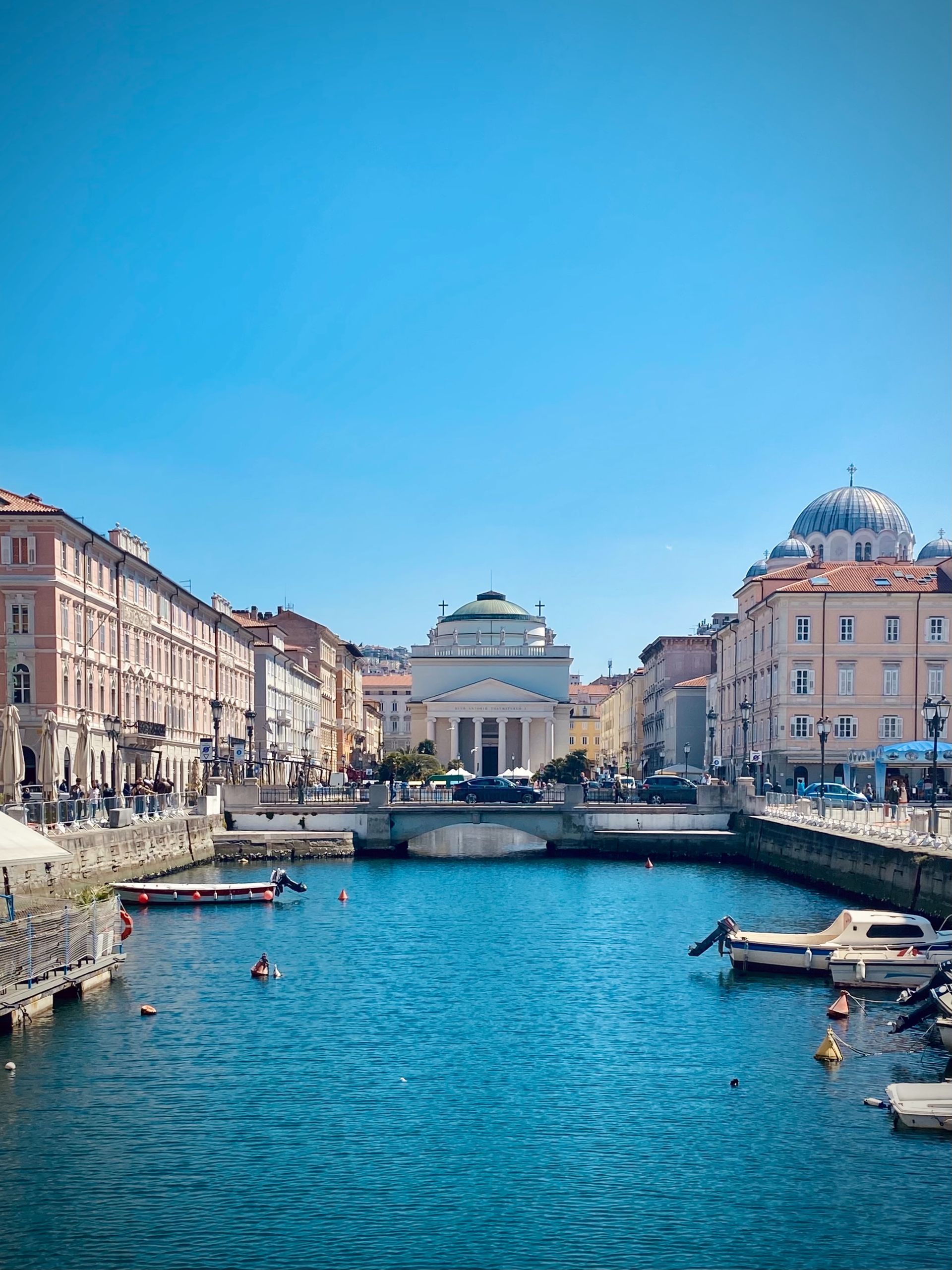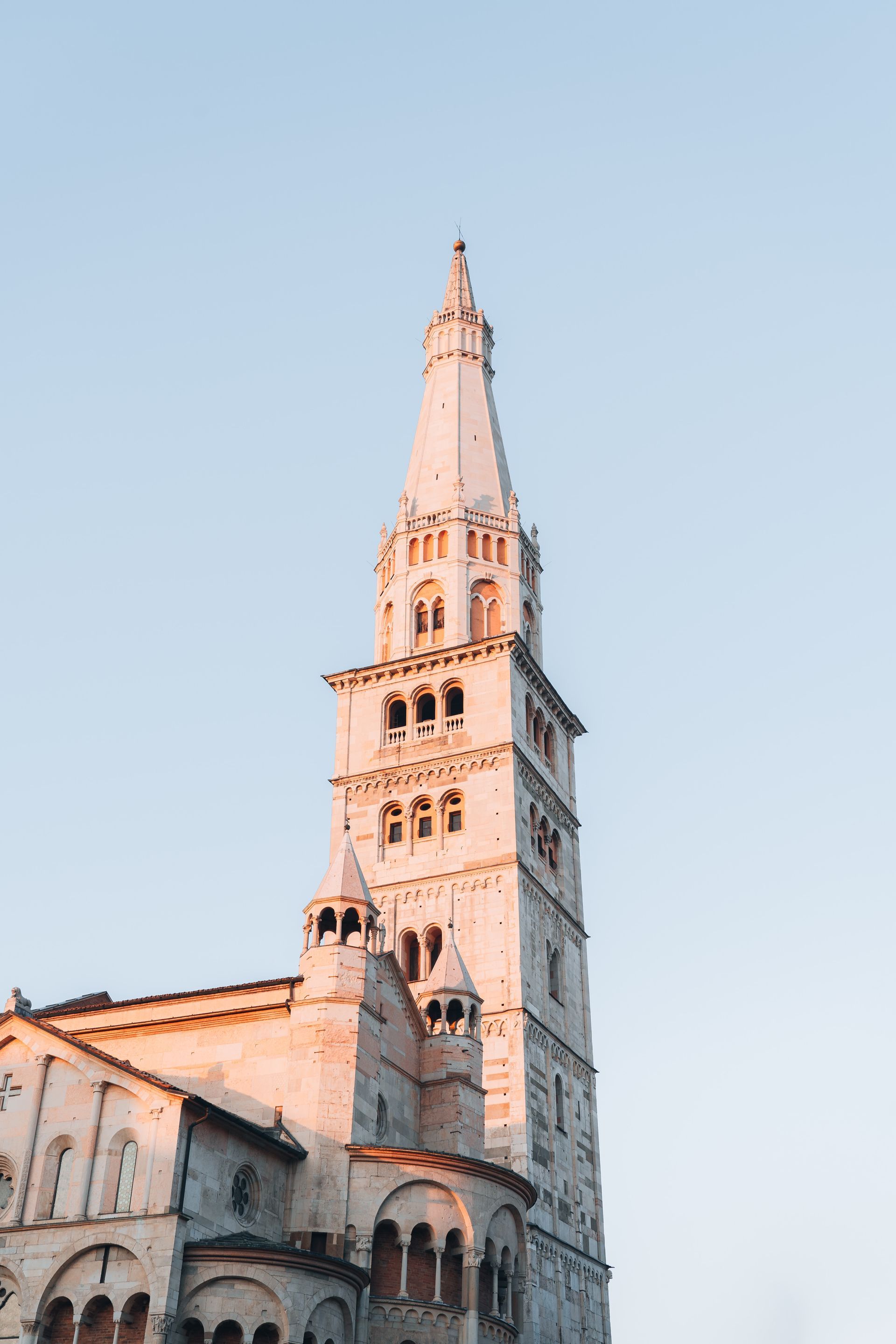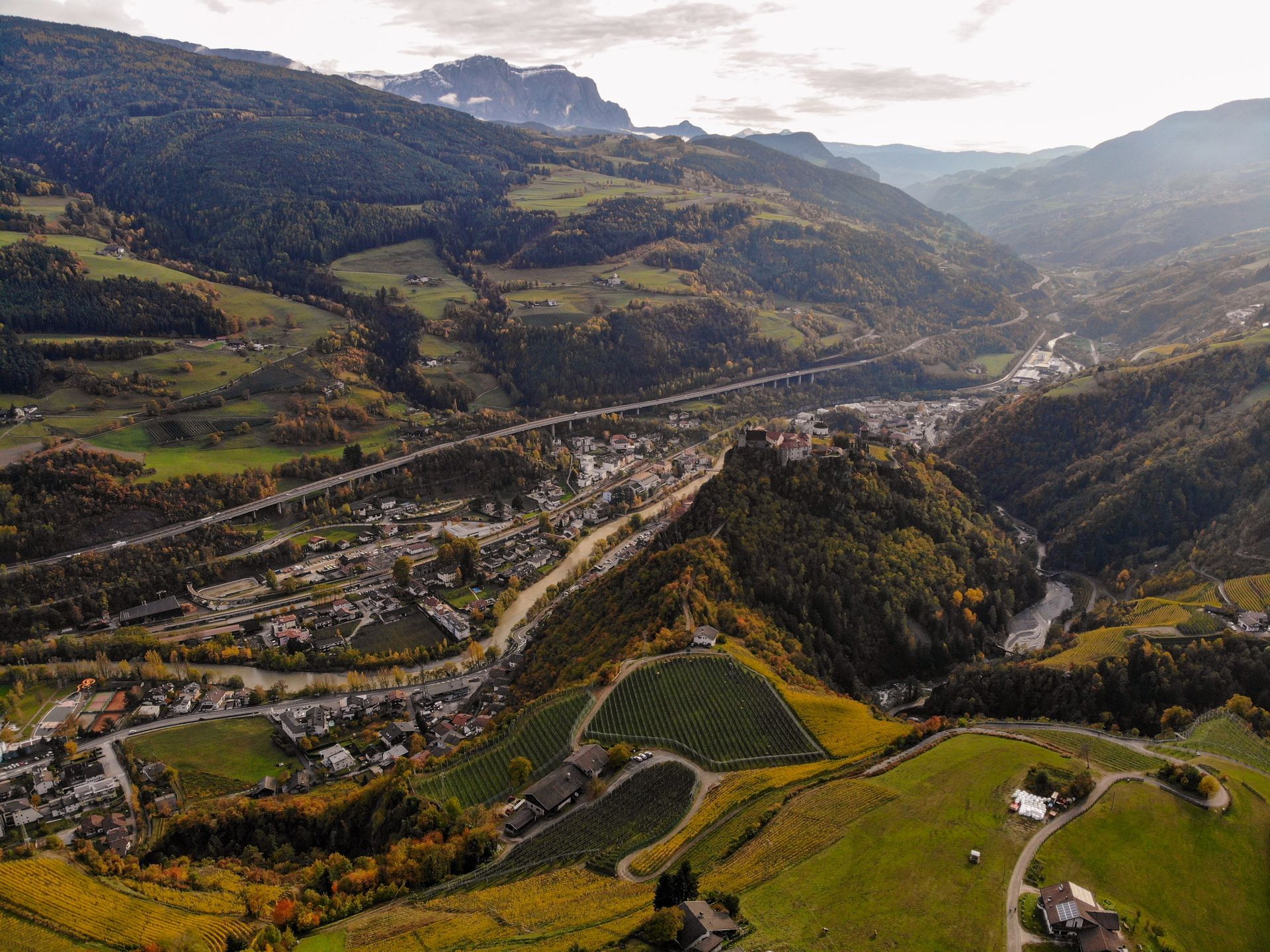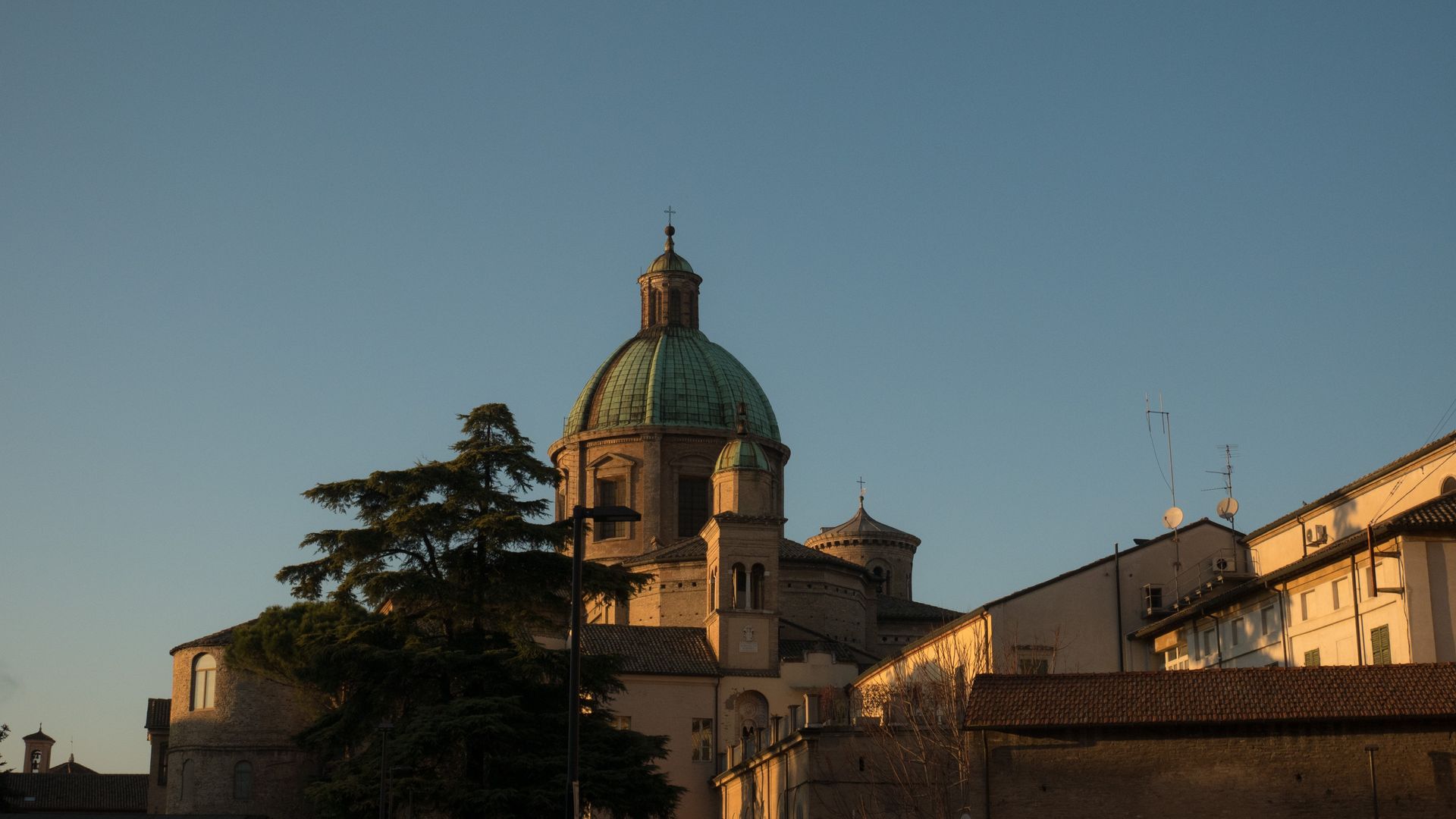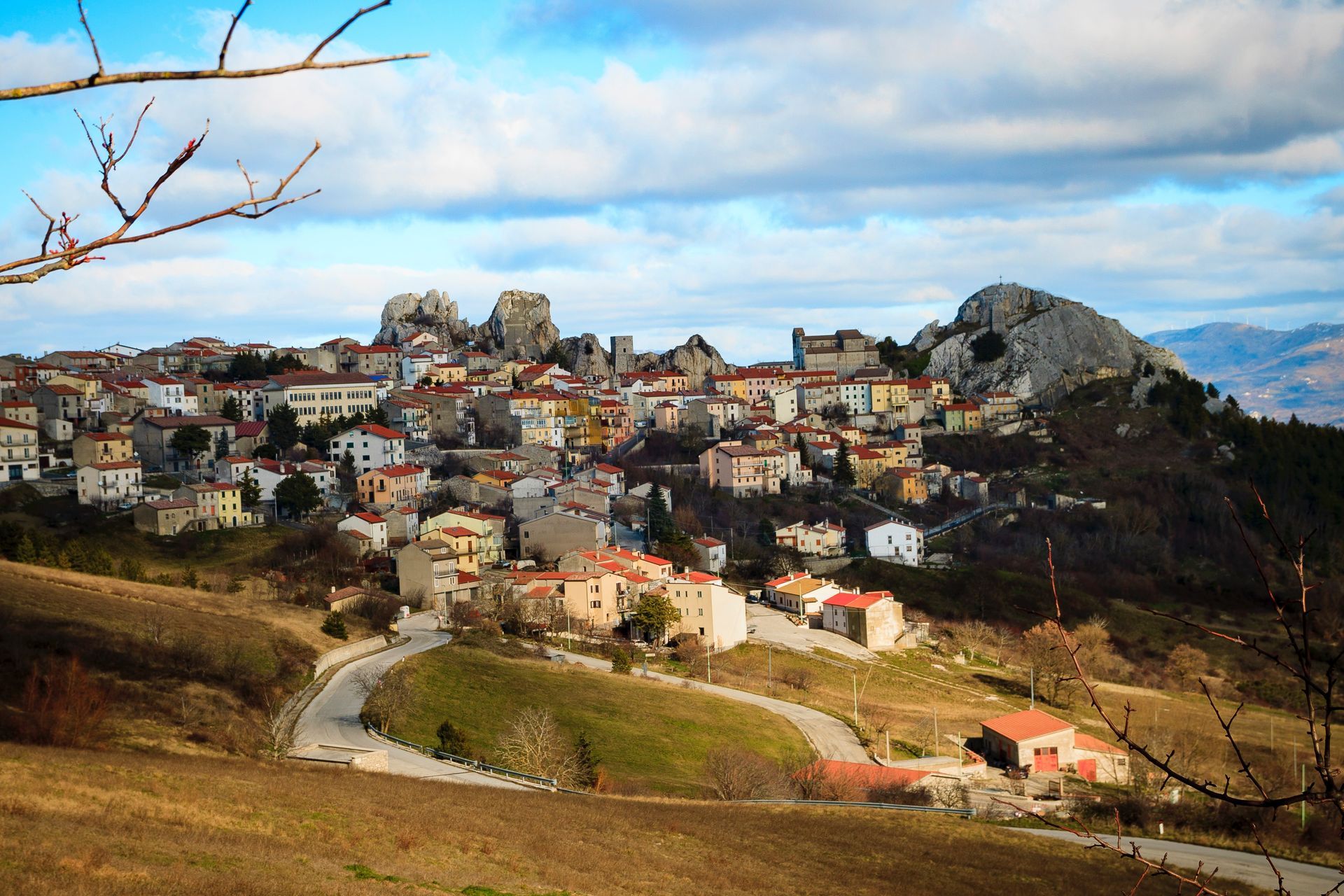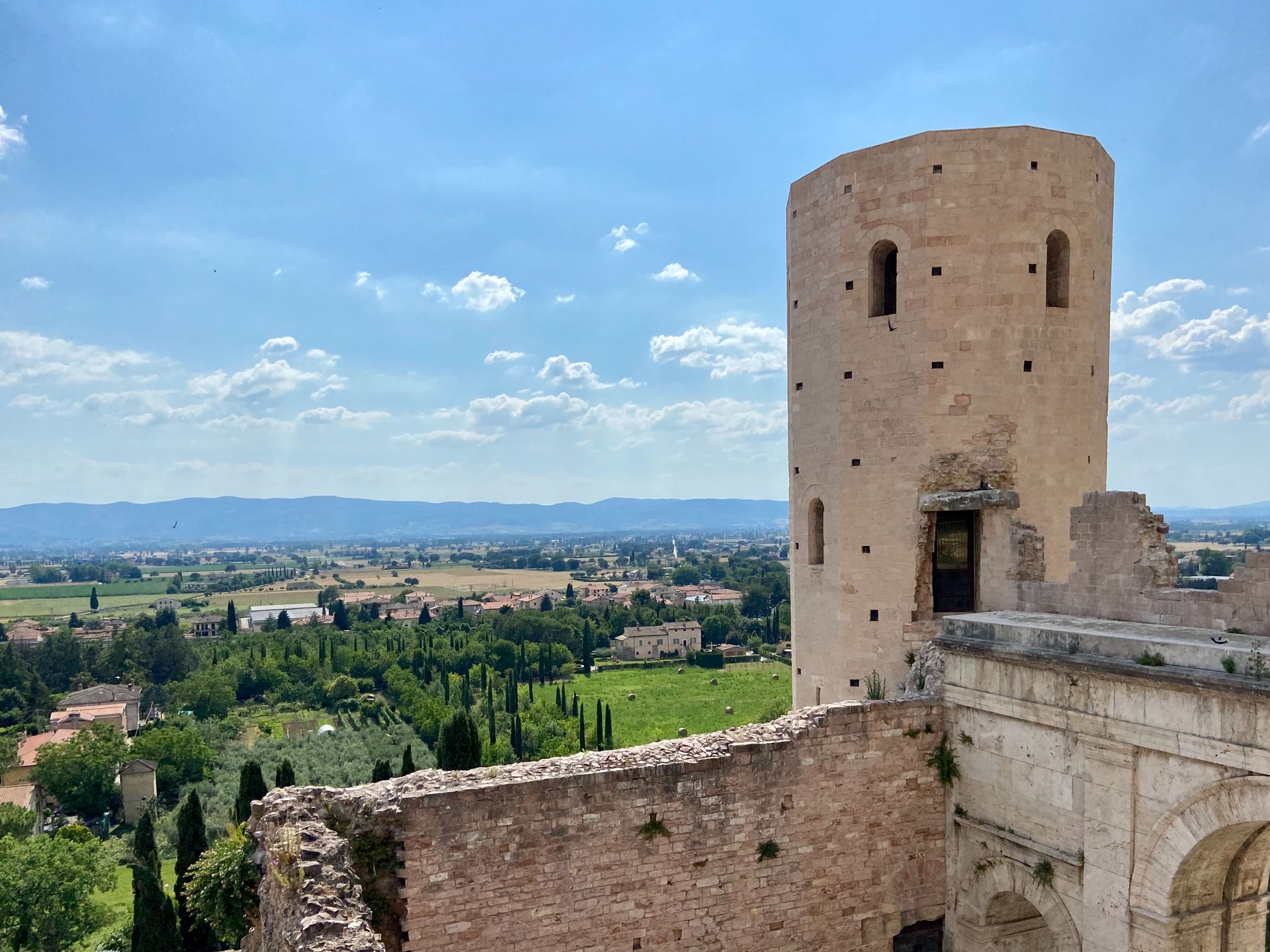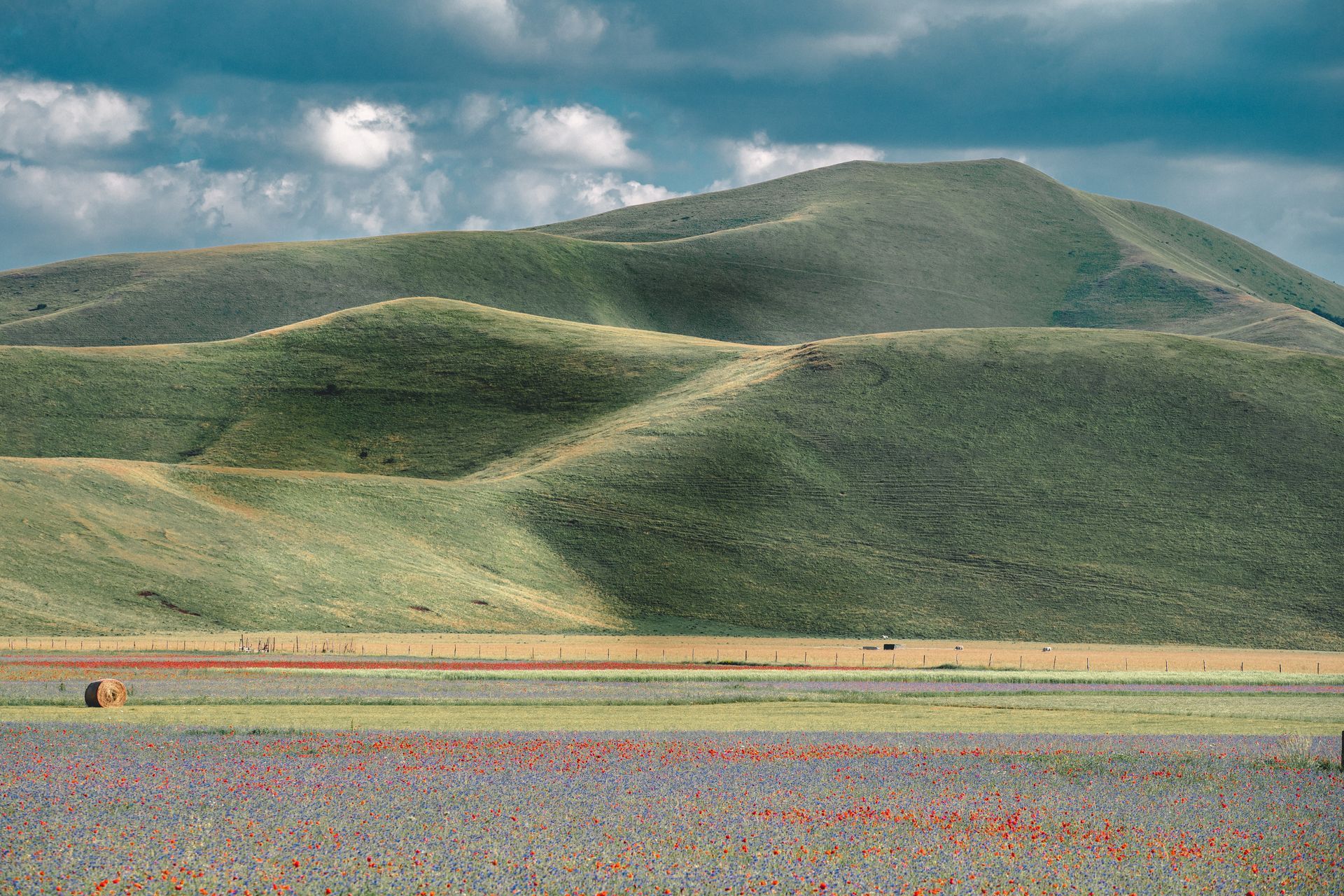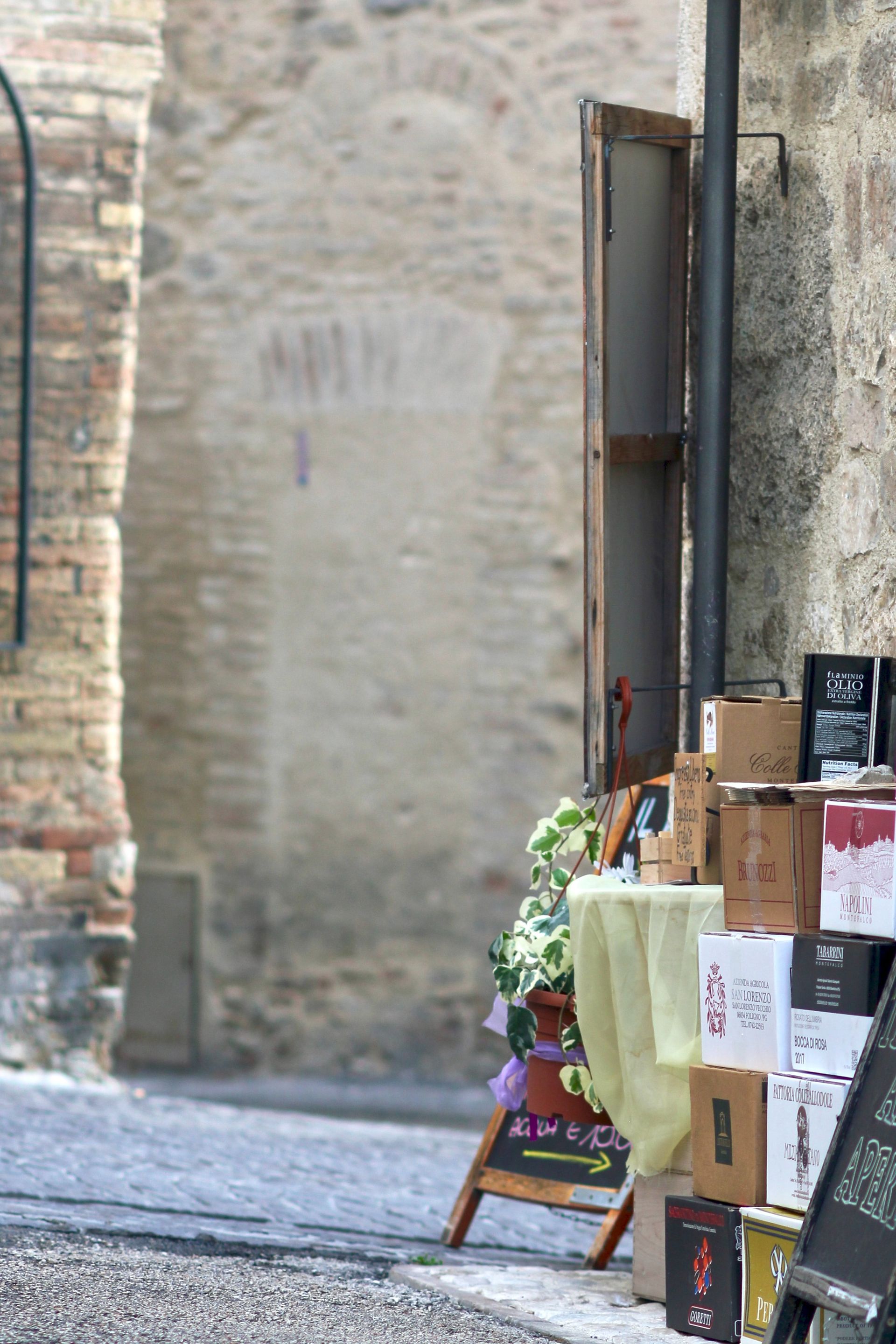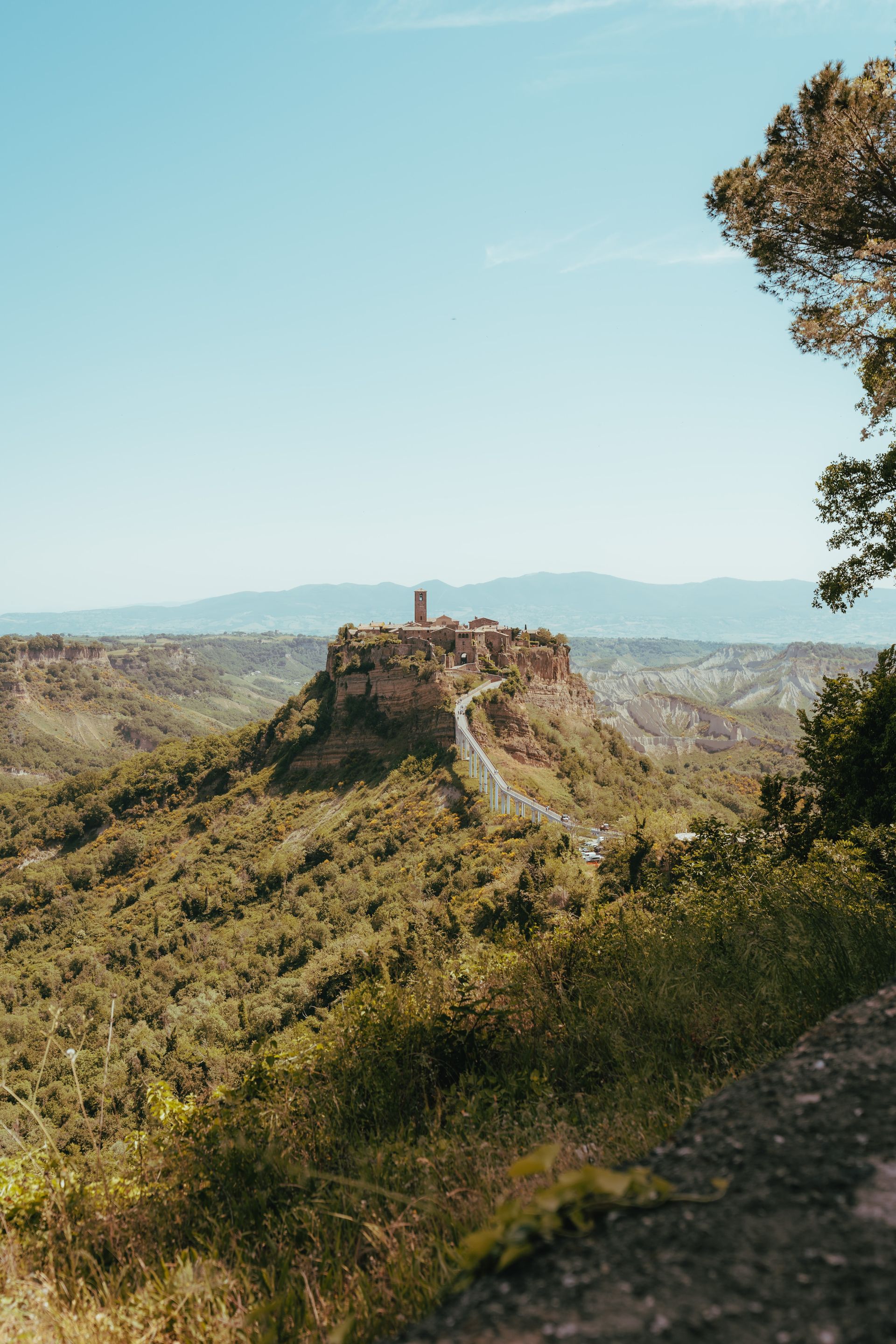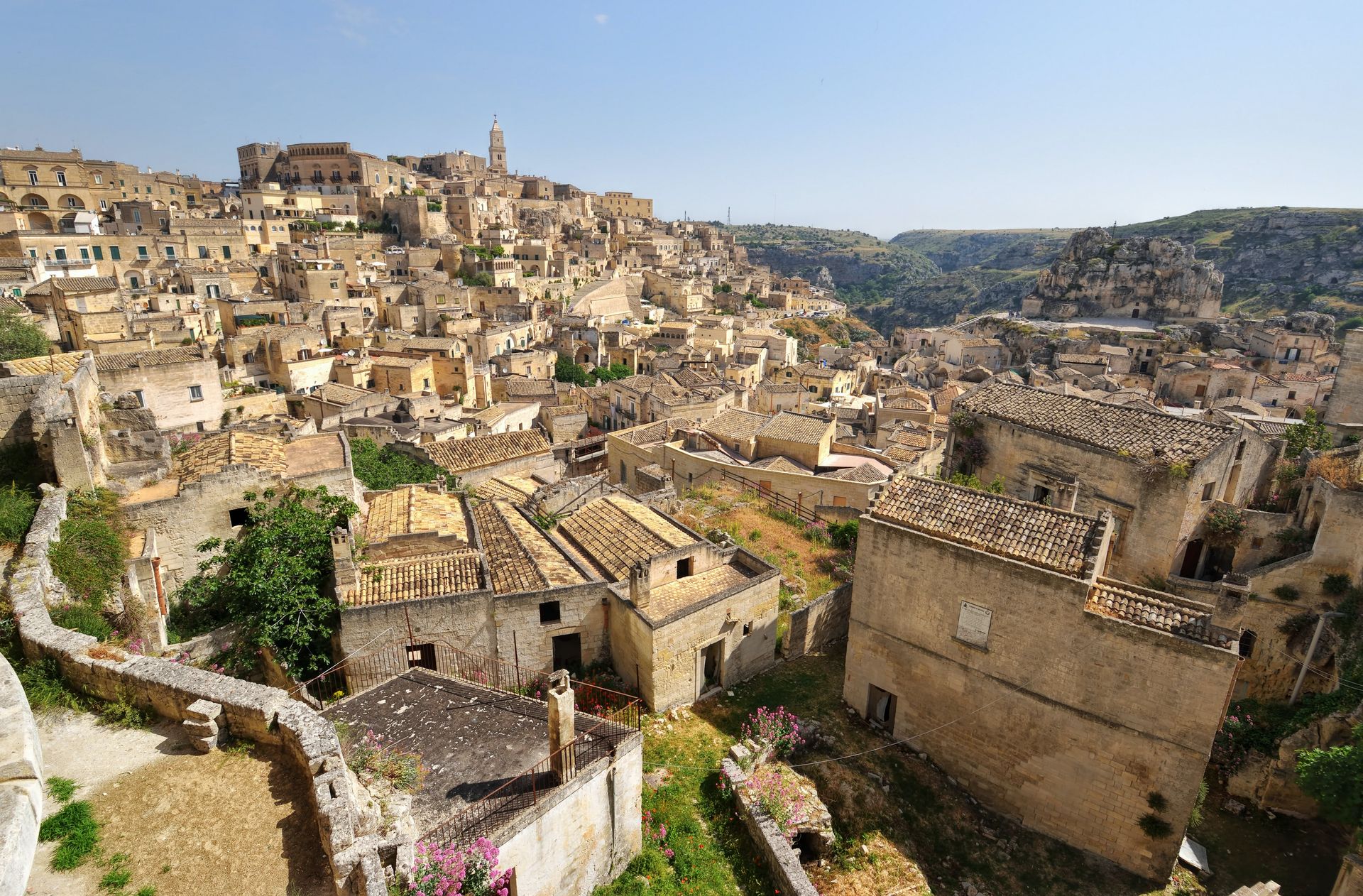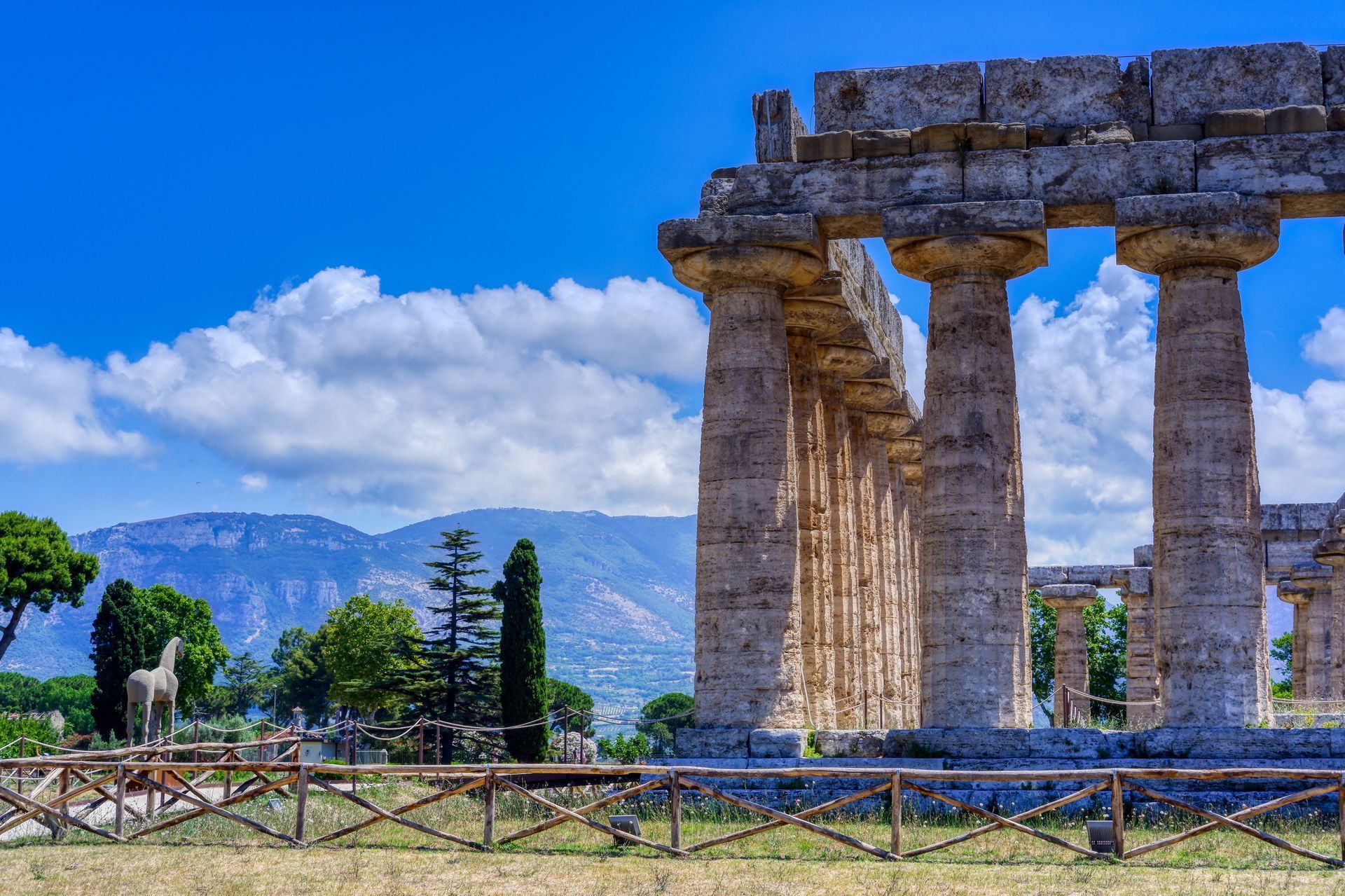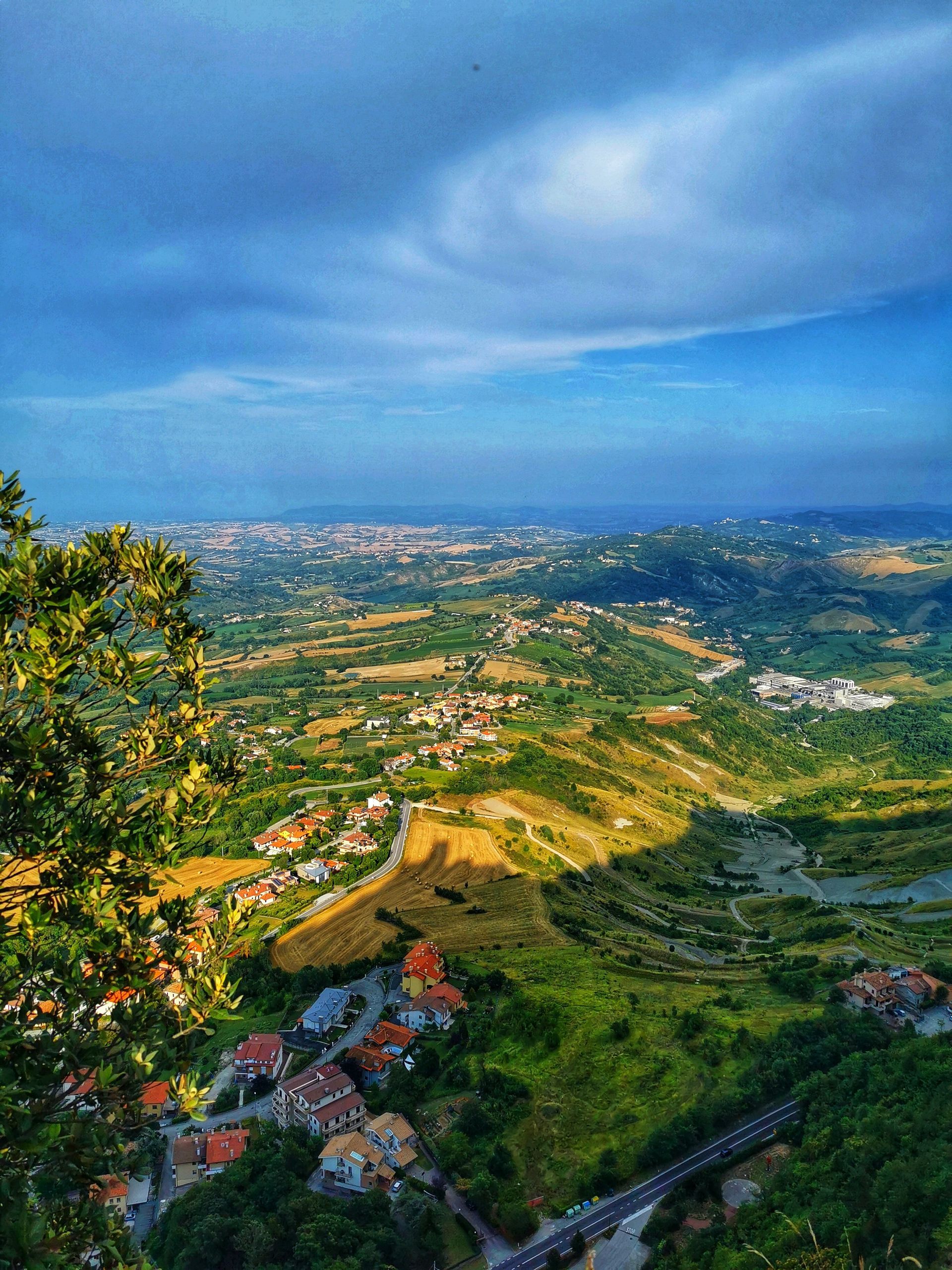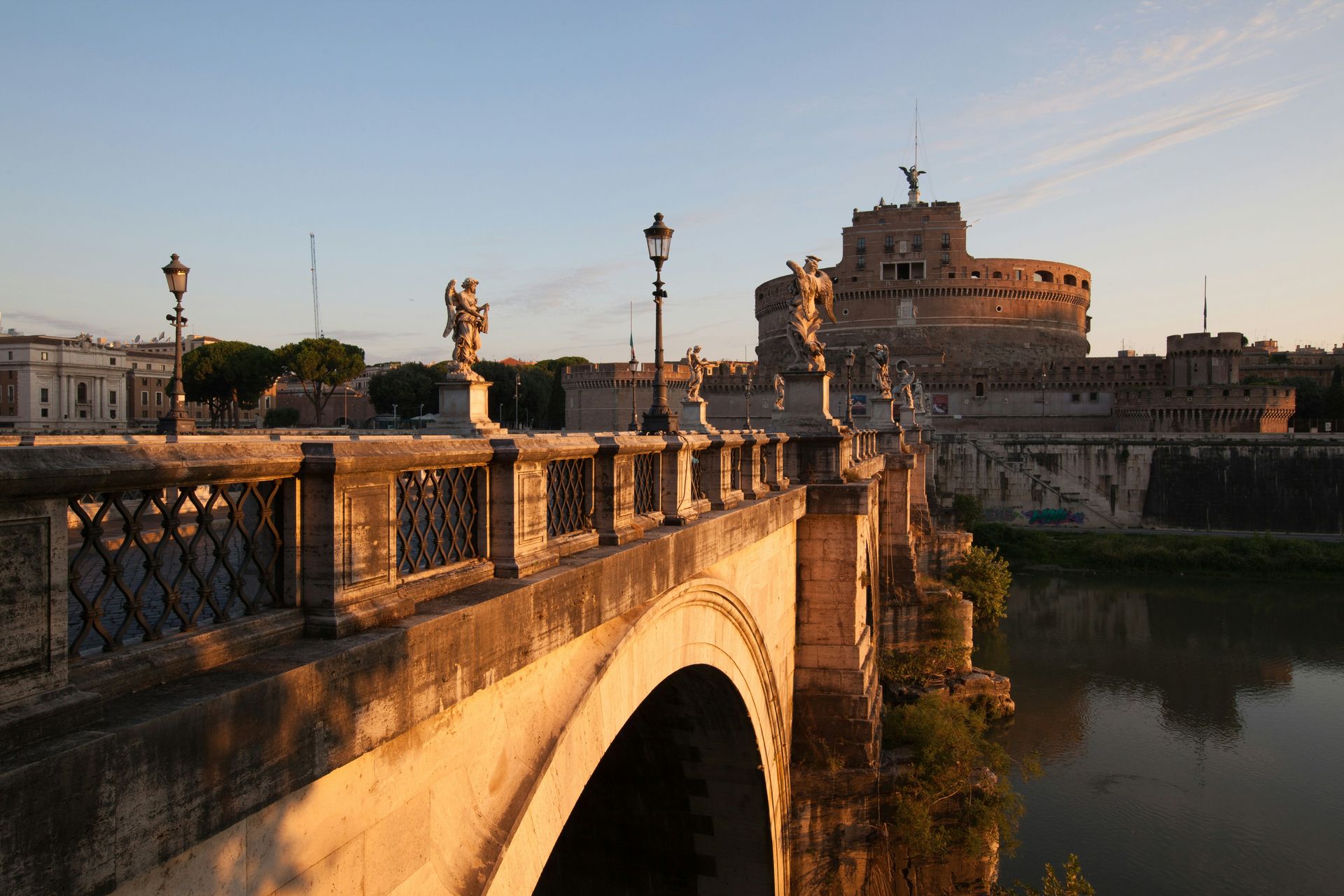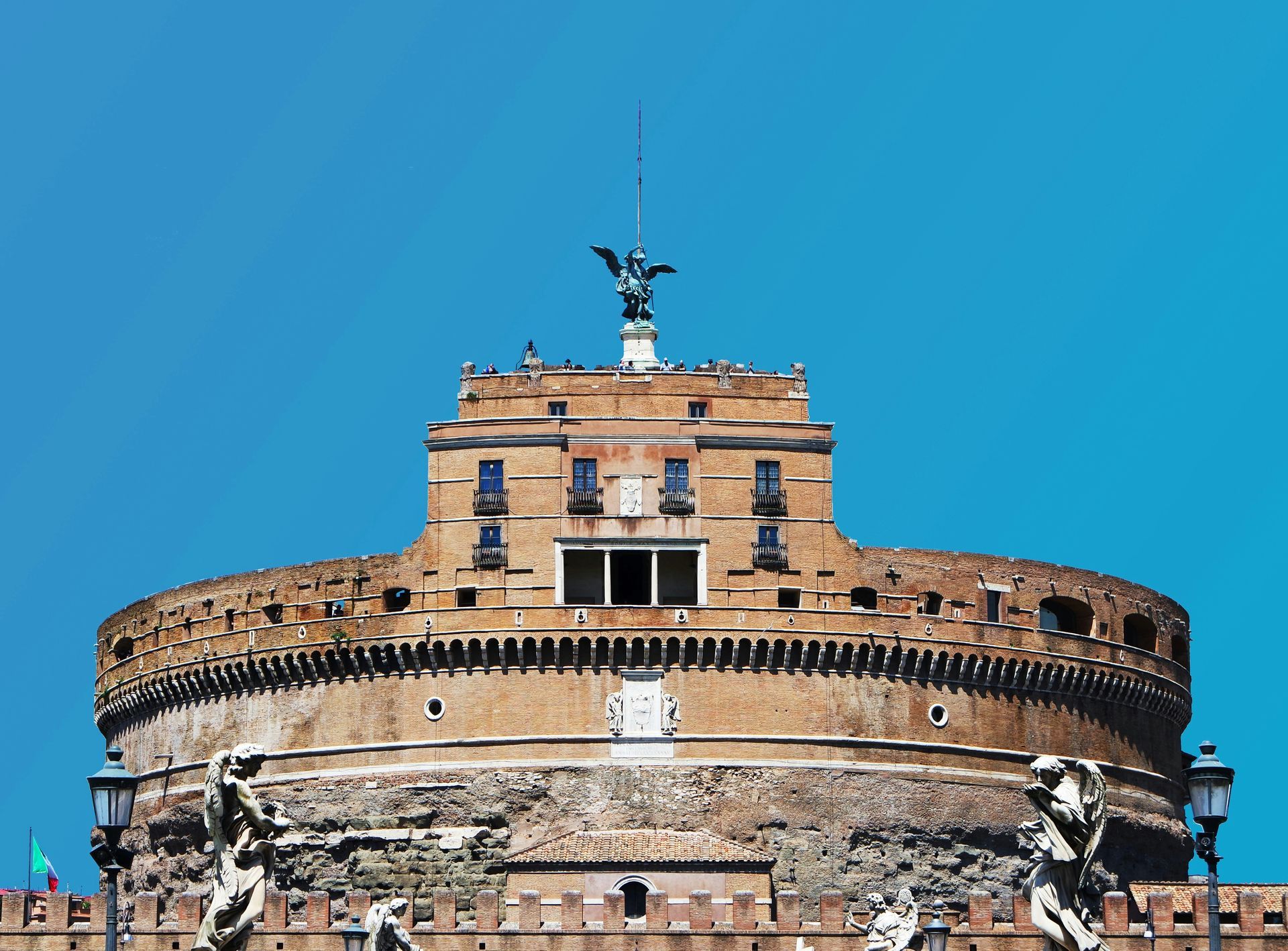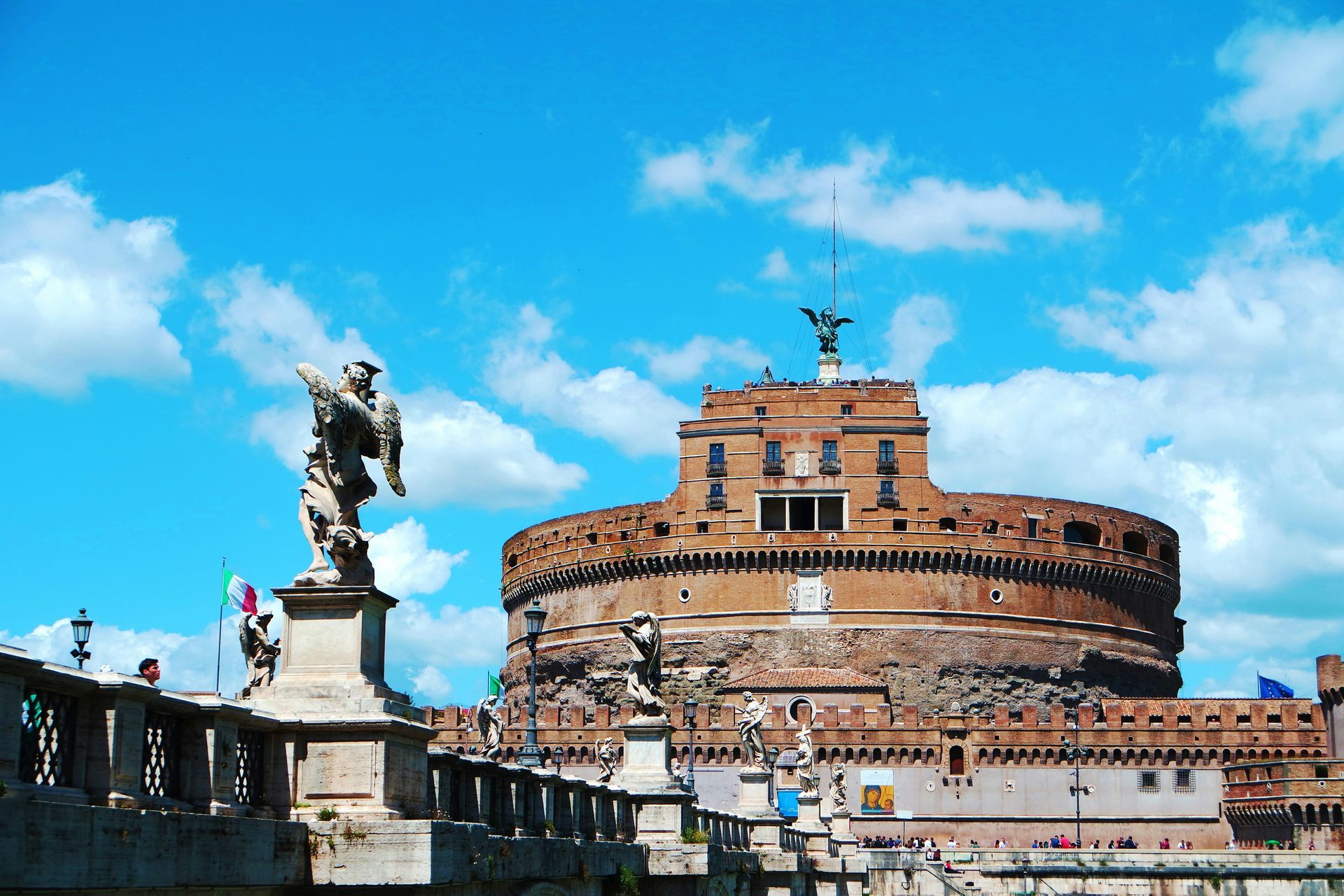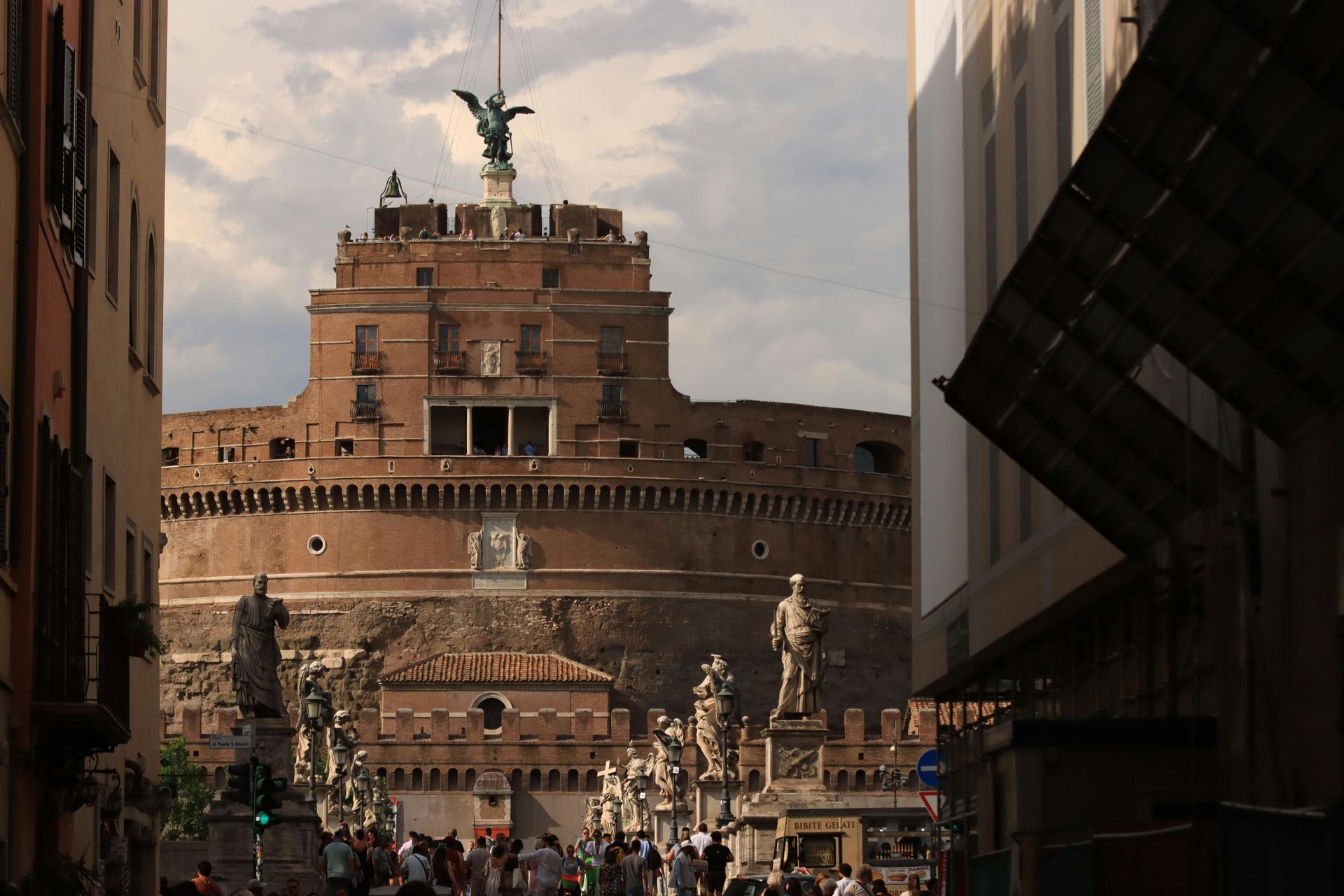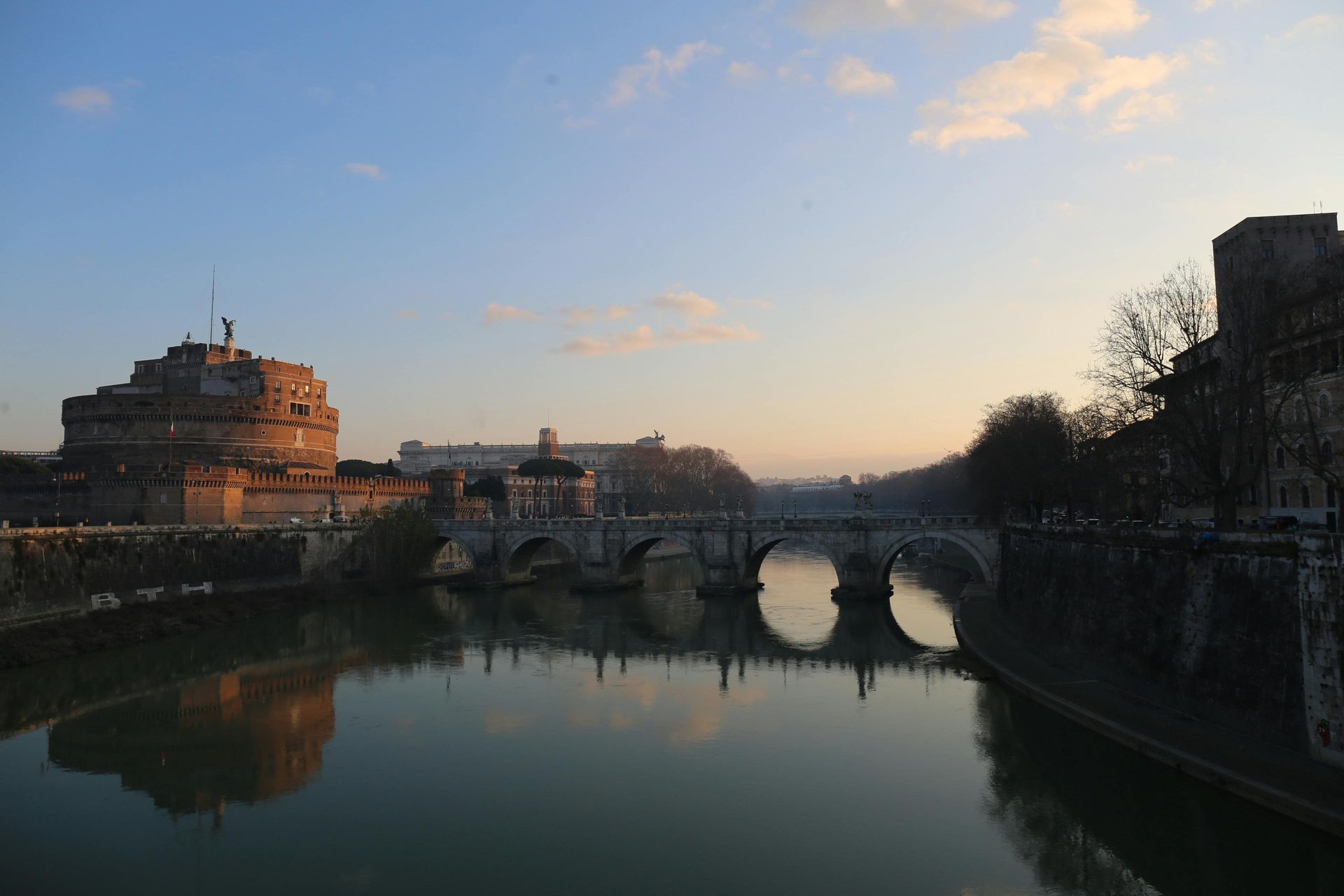Spreading Smile across the globe
Hidden Gems of Northern Italy
Hidden Gems of Italy are a testament to the country's diverse and enchanting beauty, often concealed from the traditional tourist routes. While Italy is celebrated for its iconic cities like Rome, Florence, Venice, and the Amalfi and Cinque Terre coasts, it's the lesser-known destinations that promise a unique journey. These unexplored regions offer travellers a chance to experience Italy's authentic culinary delights, rich historical narratives, and stunning natural landscapes. From the northern reaches to the southern shores, these Hidden Gems of Italy reveal a different facet of this remarkable nation.
Lake Orta - Piedmont
Hidden Gems of Italy come to life at Lake Orta, tucked away near the Swiss border in the heart of Piedmont. This hidden paradise often evades the spotlight compared to its more famous counterparts like Lake Como and Lake Garda. The historic town of Orta San Giulio, with its Baroque and Medieval architecture, cobbled streets, and idyllic Piazza Motta, enchants visitors. The glistening waters of the lake itself invite moments of serenity. What makes Lake Orta truly extraordinary is the mysterious island at its centre—a tranquil sanctuary inhabited by resident nuns.
Treviso - Veneto
Among the Hidden Gems of Italy, Treviso stands as a city in the Veneto region that retains its genuine northern Italian charm. Meandering through its narrow cobbled lanes, picturesque canals, and medieval city walls feels like a step back. Positioned on the fringes of the renowned Prosecco wine region, Treviso provides a delightful excuse for an aperitivo with a glass of Italy's renowned sparkling Prosecco.
Aosta Valley
Nestled among the bordering landscapes of Switzerland and France, the Aosta Valley showcases breathtaking alpine scenery, perched castles, and traditions that thrive throughout the year. When spring and summer arrive, the region's walking trails entice explorers. This season also brings lively festivals that celebrate folk traditions that date back to medieval times. Be sure to savour the local cheese Fontina, a culinary delight that embodies the spirit of this Hidden Gem of Italy.
Alba - Piedmont
Alba, a sought-after destination among Italy's hidden gems, is situated in the vineyards of the Langhe Hills. Once adorned with a hundred towers, Alba exudes a charming rural ambience. It's renowned for its autumn truffle festival, a gastronomic event that captures the essence of the region. Alba is also celebrated for its dark chocolate, hazelnut groves, white truffles, and prestigious wineries. It's from this very region that the sought-after Barolo wine originates.
Camogli - Liguria
Camogli, a typical and vibrant Italian seaside village on the Ligurian Riviera di Levante, perfectly embodies the spirit of the Hidden Gems of Italy. Towering, brightly painted houses dominate the town, and it has become a magnet for visitors seeking pristine beaches, Ligurian cuisine, the rustic fishing marina, Italian culture, and a tranquil natural setting. Camogli has earned its reputation for culinary excellence, focusing on fish and seafood, particularly anchovies and tuna, as well as the iconic pesto sauce made from basil and pine nuts.
Brescia - Lombardy
Hidden Gems of Italy often come alive through history, and Brescia is no exception. In this small city, history unfolds through a tapestry of architectural styles, spanning Roman, Medieval, Renaissance, Baroque, and even Art Deco. Walking through Brescia feels like a journey through time, and a visit to the captivating Piazza della Loggia, framed by a stunning Venetian-style palace at its heart, is a must for history enthusiasts.
Trieste
Trieste is a refreshingly unique destination, an Italian city positioned near the Slovenian border with its dialect that's a delightful blend of Austrian-German, Greek, Croatian, and Italian. Trieste's neoclassical waterfront is a sight to behold, with its marina brimming with stylish, glimmering yachts. The city's offerings include clear blue skies, expansive sandy beaches, city lidos, and the surrounding vineyards. Trieste is a Hidden Gem of Italy that belongs on every traveller's Northern Italian itinerary.
Modena - Emilia-Romagna
Modena is famed for its Hidden Gems of Italy, including balsamic vinegar, Luciano Pavarotti, the Romanesque cathedral, and the nearby Ferrari museum. Beyond these illustrious attractions, Modena reveals a treasure trove of remarkable restaurants. Massimo Bottura's Osteria Francescana has twice earned a place among the world's top 50 eateries, showcasing the culinary excellence of this Hidden Gem. While in Modena, don't miss the chance to savour local specialities like stuffed tortellini and sparkling Lambrusco wine, the perfect complement to your gastronomic journey.
Chiusa / Klausen - South Tyrol
Chiusa, also known as Klausen, is one of Italy's most picturesque villages. It is situated on the banks of the Isarco River in the South Tyrolean region near the Austrian border. Chestnut groves, green fields, vineyards, and farmsteads surround the town. In the village itself, visitors are captivated by narrow alleyways, coats of arms, large bay windows, crenellated facades, and the two main squares.
Ravenna - Emilia-Romagna
Ravenna offers a treasure trove of experiences among the Hidden Gems of Italy. This city is a feast for the senses, with its diverse offerings of food, music, art, culture, history, beaches, wine, and mosaics. Ravenna is home to eight UNESCO-listed sites, making it a must-visit for history and art enthusiasts. It's also known for its two-month-long music festival, Dante Alighieri's tomb, local culinary delights, nearby beach resorts, and the opportunity to explore pinewood forests. The city's fame is derived from its stunning mosaics, dating from the fifth and sixth centuries, scattered throughout the town.
In conclusion, Italy's Hidden Gems invite you to embark on a journey less travelled, where the rich tapestry of history, diverse cuisine, and breathtaking landscapes come to life. These lesser-known destinations provide an authentic Italian experience, away from the bustling crowds, revealing the nation's soul in its purest form. Explore these Hidden Gems to uncover Italy's hidden treasures.
Hidden Gems of Central Italy
Hidden Gems of Italy beckon the adventurous traveller to explore the lesser-known treasures that this remarkable country holds. From the picturesque valleys of Tuscany to the medieval charm of Umbria, the mysterious landscapes of Molise, and the architectural wonders of San Gimignano, these destinations promise unforgettable experiences.
Garfagnana - Tuscany
The Garfagnana region is a hidden gem in the beautiful Tuscan valley north of Lucca. It is crossed by the Serchio River, and the landscape is characterized by fertile greenery, rugged mountains, and charming villages. Outdoor activities such as hiking, walking, and mountain biking are enjoyed by many people in this area. Garfagnana is home to several one-of-a-kind attractions, including a ghost town, a wind cave, and the Devil's Bridge at Borgo a Mozzano.
Gubbio - Umbria
Umbria hides many treasures, and a particular favourite among Hidden Gems of Italy is the Medieval hilltop town of Gubbio. Gubbio, a city with a history dating back over 2,000 years, is a maze of cobbled streets and stone buildings that have been perfectly preserved. Visitors can take a cable car to the summit of Mount Ingino to enjoy panoramic views of the surrounding area. In addition, Gubbio hosts Italy's oldest event, the Corsa dei Ceri, in which teams race through the streets carrying massive wooden candles.
Molise
Molise is Italy's second-smallest region and one of its best-kept secrets. Hidden Gems of Italy are plentiful here. The picturesque town of Agnone is renowned for its artisanal bells, produced by the oldest family-run bell foundry in the world. Meanwhile, Campobasso, the regional capital, boasts a stunning medieval old town. Molise offers a captivating mix of historical charm and natural beauty, with rugged mountains, rolling hills, and pristine beaches along the Adriatic coast.
San Gimignano - Tuscany
Nestled in the heart of Tuscany, San Gimignano boasts medieval architecture and, of course, its famous towers. The town's historic centre is a UNESCO World Heritage site, known for its fourteen stone towers that once symbolised wealth and power. San Gimignano offers a glimpse into medieval Tuscany, with well-preserved streets and squares that transport visitors to another time. Besides the towers, make sure to explore the Collegiate Church and indulge in the local Vernaccia wine, a crisp white wine produced in the region.
Spello - Umbria
Another gem in the heart of Italy, Spello enchants visitors with its winding medieval streets and stunning floral displays. Known as the "Città Infiorata" or "flower town," Spello hosts the Infiorata festival, during which the streets are carpeted with intricate flower petal designs. This event occurs in early June and is a magnificent spectacle. Outside of the festival, Spello's charm continues with its well-preserved historic centre and beautiful churches.
Trulli of Alberobello - Apulia
Apulia, or Puglia, is famous for its unique trulli houses, and Alberobello is the epicentre of this architectural marvel. These whitewashed conical homes are a UNESCO World Heritage Site that offers a glimpse into the region's history. Visitors can even stay in trulli that have been converted into accommodations, providing a truly immersive experience.
Norcia - Umbria
Nestled in the Sibillini Mountains, Norcia is renowned for its gastronomy. This charming town produces exceptional cured meats, particularly prosciutto and salami. For food enthusiasts, Norcia is a true Hidden Gem of Italy. Explore local shops, taste the region's specialities, and visit the beautiful town square. Nature enthusiasts will also find hiking trails and natural beauty in the nearby Monti Sibillini National Park.
Montefalco - Umbria
Montefalco is often called the "Balcony of Umbria" for its stunning views over the surrounding valley. This charming town is also known for its wine, particularly Sagrantino, one of Italy's most robust red wines. Montefalco's medieval centre is picturesque and hosts several churches with remarkable frescoes, making it a cultural and gastronomic gem.
Castelluccio di Norcia - Umbria
High in the Sibillini Mountains, Castelluccio di Norcia is a quaint village known for its stunning wildflower blooms in late spring and early summer. The surrounding plateau becomes a colourful tapestry, attracting photographers and nature enthusiasts. Besides the flowers, visitors can enjoy hiking and take in the breathtaking scenery. Hidden Gems of Italy like Castelluccio di Norcia provide a unique connection to nature and the changing seasons.
In the heart of Italy, a treasury of Hidden Gems awaits the intrepid traveller. From the mysterious ghost town of Garfagnana to the ancient charms of Gubbio, the enchanting landscapes of Molise, and the medieval splendours of San Gimignano, these lesser-known destinations reveal Italy's diverse beauty and rich history. Journey through the tranquil streets of Spello, marvel at the unique trulli houses in Alberobello, savour the culinary delights of Norcia, and bask in the vibrant blooms of Castelluccio di Norcia. These Hidden Gems of Italy promise an unforgettable adventure in a land of timeless wonder.
Hidden Gems of Southern Italy
Italy, a land of rich history, captivating art, and exquisite cuisine, is known for its iconic cities and world-famous landmarks. Despite the tourist-filled streets and crowded piazzas, the country holds many hidden gems—lesser-known destinations that offer a more intimate and authentic experience. These places, tucked away in various corners of Italy, are a testament to the nation's diverse and enchanting beauty, waiting to be explored by the discerning traveller. From medieval towns perched atop hills to charming coastal villages and ancient archaeological sites, the Hidden Gems of Italy promise unique adventures and unforgettable memories.
Civita di Bagnoregio - Lazio
Civita di Bagnoregio is often called the "Dying Town" because of its gradual erosion over the centuries. This medieval village is perched on a hilltop and can only be reached by a long footbridge. It's a unique destination, seemingly suspended in time, and is the perfect Hidden Gem for history buffs and photographers.
Matera - Basilicata
Matera, known for its cave dwellings, is one of Italy's most intriguing and unique destinations. The Sassi di Matera, a historic cave settlement, is a UNESCO World Heritage Site. Matera is gaining popularity but still qualifies as one of the Hidden Gems of Italy. Touring this labyrinth of stone-carved rooms and narrow streets offers an incredible historical journey.
Sperlonga - Lazio
Sperlonga is a charming coastal town characterized by its pristine beaches, winding alleys, and picturesque piazzas. Nestled between Rome and Naples, Sperlonga is often overlooked by travellers. A visit here reveals a relaxed and authentic Italian atmosphere, perfect for strolls and seaside relaxation. Take advantage of the Grotto of Tiberius, a cave once used as the emperor's villa and now a museum.
Paestum - Campania
The ancient ruins of Paestum, originally a Greek colony known as Poseidonia, provide an extraordinary window into Italy's history. The temples are exceptionally well-preserved, ranking among the best-preserved in the world. Paestum is also home to a fascinating archaeological museum that displays artefacts from the site. Enjoy a step back in time amid the Hidden Gems of Italy.
Castro - Apulia
Castro, a picturesque coastal town, boasts a historic centre perched on a rocky outcrop. Visitors can explore ancient churches, fortifications, and a charming harbour. Castro also has sea caves that can be explored by boat. The region's cuisine is a seafood lover's paradise, making this town a Hidden Gem for food enthusiasts as well.
Scilla - Calabria
Scilla, an idyllic coastal village in Calabria, offers stunning sea views and hidden beaches. The town is known for the Ruffo Castle, which dominates the landscape, and the legendary sea monster Scylla from Greek mythology. The charming village is a serene and lesser-known alternative to some of the more crowded Italian seaside destinations.
San Marino
San Marino is a microstate surrounded by Italy and is one of the world's oldest republics. It's a destination that's often missed, making it a true Hidden Gem. San Marino boasts dramatic mountaintop views, historic architecture, and unique attractions like the Guaita Tower and the Palazzo Pubblico. For collectors, the country is also known for its beautiful stamps and coins.
Conclusion
Discovering the Allure of Hidden Gems of Italy
Hidden Gems of Italy offers travellers an authentic experience, far removed from the tourist-packed cities and famous landmarks. These lesser-known destinations unravel the genuine charm, culture, history, and culinary wonders that make Italy an endlessly fascinating country to explore. From the mountains of the North to the coasts of the South, each region holds its treasures, waiting to be discovered by those who venture off the beaten path. By exploring the Hidden Gems of Italy, you can craft a unique and unforgettable journey that deepens your appreciation of this incredible country. Plan your trip carefully, and you will be rewarded with the beauty, history, and flavours that characterize these enchanting places.
Castel Sant Angelo History
in English
Embark on a journey through time as we unravel the captivating Castel Sant Angelo history, a storied fortress that has witnessed the ebb and flow of centuries. Perched majestically along the Tiber River in Rome, Italy, Castel Sant'Angelo stands as a testament to the city's rich past and has played diverse roles throughout its existence. This historical marvel boasts a narrative that intertwines with the evolution of Rome itself, from its origins as a mausoleum for Emperor Hadrian to its transformation into a fortress and papal residence.
As we delve into Castel Sant'Angelo's intriguing past, we'll explore the architectural marvels, political intrigues, and cultural shifts that have shaped its identity. From its origins in the second century to its role as a medieval fortress and Renaissance treasure trove, Castel Sant Angelo history unfolds like a captivating tale that spans the heights of imperial Rome to the complexities of the Vatican. Join us on this journey as we unlock the secrets and stories behind the enduring allure of Castel Sant'Angelo.
What is Castel Sant’Angelo Rome?
Castel Sant'Angelo, a marvel etched into Rome's skyline, encapsulates a history as intricate as the carvings on its ancient stones. Commenced as Emperor Hadrian's mausoleum, it symbolized imperial grandeur and architectural prowess, featuring a colossal drum and a majestic dome. Over time, the mausoleum witnessed an evolution from a solemn burial site to a formidable fortress, shaping the rich tapestry of Castel Sant Angelo history.
In the turbulent Middle Ages, the castle assumed a pivotal role in safeguarding the Papal State. The structure, adorned with battlements and secret passages, became a bastion of defense during sieges and conflicts, intricately woven into the narrative of Castel Sant Angelo history. Connected by the Passetto di Borgo, a concealed passage, to the Vatican, the castle provided a discreet escape route for popes in times of crisis, further adding to the layers of its historical significance.
The Renaissance brought an era of transformation to Castel Sant'Angelo. Under Pope Alexander VI, it evolved into a Renaissance residence, adorned with lavish apartments and artistic embellishments. The castle became a treasure trove housing masterpieces by renowned artists, turning its austere chambers into galleries of opulence—a chapter that illuminates the artistic Renaissance within Castel Sant Angelo history.
Over the centuries, Castel Sant'Angelo bore witness to the ebb and flow of power, with each ruler leaving an indelible mark. Its dungeons whispered tales of intrigue, and its ramparts offered panoramic views of Rome's ever-changing landscape, providing a front-row seat to the unfolding events in the annals of Castel Sant Angelo history.
In the modern era, the castle stands not only as a repository of historical artifacts but also as a cultural beacon, embodying the spirit of Castel Sant Angelo history. Its museum showcases a diverse collection, featuring sculptures, paintings, and military memorabilia, inviting visitors to traverse the corridors of time and delve deeper into the multifaceted layers of Castel Sant Angelo history.
As you step into Castel Sant'Angelo, you're not just exploring a fortress; you're immersing yourself in a living chronicle. The layers of its history unfold with each step, narrating the sagas of emperors, popes, and the ordinary souls who sought refuge within its sturdy walls. In the heart of Rome, Castel Sant'Angelo stands as a guardian of time, inviting you to unravel the mysteries and stories concealed within its enduring embrace.
What is the Castel Sant’Angelo Rome famous for?
Emperor Hadrian's original vision for Castel Sant'Angelo was that of an imposing mausoleum, a final resting place for himself and his successors. The grandeur of its design and architectural prowess were meant to immortalize the emperors of Rome. This initial purpose bestowed upon the castle an innate connection to the imperial glory of ancient Rome.
As history unfolded, Castel Sant'Angelo underwent profound transformations, cementing its fame during the Renaissance. It became a refuge for Pope Clement VII during the Sack of Rome in 1527, fortifying its image as a bastion of both spiritual and political power. The integration of the castle into the papal narrative elevated its cultural and historical significance, solidifying its fame as a symbol of the enduring influence of the Catholic Church.
Throughout the Middle Ages, Castel Sant Angelo history played a crucial role in the defense of the Papal State. Its sturdy walls and strategic location made it a formidable fortress during times of conflict. The inclusion of secret passages, such as the Passetto di Borgo connecting it to the Vatican, added an air of mystery and intrigue, further contributing to its fame.
The diverse chapters of Castel Sant'Angelo history converged in the 19th century when Italy unified. The castle transitioned from a symbol of papal authority to a testament of national heritage. Its fame expanded beyond religious and political realms, embracing a democratic identity as it opened its doors to the public as a museum. The wealth of historical artifacts, sculptures, and paintings housed within its walls turned Castel Sant'Angelo into a cultural treasure trove.
Today, Castel Sant Angelo history is famous not only for its imposing medieval architecture but also as a repository of centuries of history. Visitors from around the globe are drawn to its storied halls and breathtaking views of Rome, eager to immerse themselves in the cultural tapestry it represents. The castle's fame, rooted in its multifaceted history, invites exploration and contemplation, making it an integral part of Rome's allure. That’s the beauty of Castel Sant Angelo history!
What is Castel Sant'Angelo Rome used for now?
Today, Castel Sant'Angelo serves as a testament to its rich historical past while embracing a contemporary role as a multifunctional cultural hub. The castle, which once stood as a mausoleum, fortress, and papal refuge, has evolved into a dynamic space that caters to both locals and tourists.
One of the primary functions of Castel Sant'Angelo is as a museum, offering visitors a captivating journey through its centuries-old history. The museum showcases a diverse collection of artifacts, sculptures, and paintings, providing a glimpse into the various chapters of the castle's past. This transition from a fortress to a museum has allowed Castel Sant'Angelo to preserve and share its rich heritage with a global audience.
Beyond its role as a repository of historical treasures, the castle hosts cultural events, exhibitions, and performances. Its versatile spaces become venues for concerts, art installations, and educational programs, fostering a vibrant cultural scene within its ancient walls. This contemporary usage transforms Castel Sant'Angelo into a living space where history meets modernity, creating a dynamic and engaging experience for visitors.
The strategic location of Castel Sant'Angelo, perched on the banks of the Tiber River, also grants it panoramic views of Rome. The castle's terraces offer breathtaking vistas of the cityscape, attracting tourists and locals alike. The rooftop experience allows visitors to marvel at iconic landmarks such as St. Peter's Basilica and the Vatican City, adding an additional layer of allure to its current role.
In essence, Castel Sant'Angelo has seamlessly integrated its historical significance with a modern and cultural purpose. It stands not only as a monument frozen in time but as a lively and evolving space that contributes to Rome's cultural vibrancy. From ancient mausoleum to medieval fortress and now a dynamic museum and cultural venue, Castel Sant'Angelo continues to shape its identity, captivating those who explore its corridors and courtyards. Discover the Castel Sant Angelo history!
Where is Hadrian’s Tomb?
Nestled along the banks of the Tiber River in Rome, the iconic structure known as Castel Sant'Angelo is the monumental guardian of Hadrian's Tomb. Originally commissioned by Emperor Hadrian as his mausoleum in the 2nd century, this imposing cylindrical edifice stands as a testament to ancient Roman architecture.
The tomb's strategic location near the Vatican City enhances its historical significance, with a connecting passageway, the Passetto di Borgo, linking it to the Vatican. Over time, Hadrian's Tomb evolved into a multifaceted landmark, transforming from a burial site to a fortress and later a Renaissance residence. Today, as Castel Sant'Angelo, it continues to grace the Roman skyline, proudly preserving the memory of its imperial origins while offering visitors a captivating journey through layers of history and cultural evolution.
The juxtaposition of Hadrian's Tomb within the vibrant tapestry of Rome symbolizes the enduring legacy of one of Rome's most influential emperors, immortalized in the architecture of this remarkable structure. As you stand beneath its towering presence, you not only witness the architectural prowess of ancient Rome but also the echoes of emperors and their evolving narratives throughout the ages. Discover the Castel Sant Angelo history and Hadrian's Tomb!
How to reach Castel Sant Angelo
To embark on a journey to the historical marvel of Castel Sant'Angelo, various transportation options offer accessibility while ensuring a scenic route through Rome's enchanting streets.
By car:
Traveling by car provides a convenient and flexible choice, allowing visitors to reach the site at their own pace. Navigating through the city's intricate lanes, you'll witness the tapestry of modern life seamlessly woven into the rich history that surrounds Castel Sant'Angelo.
By walking:
For those seeking a more leisurely approach, walking unveils the city's charm with each step. Strolling along the Tiber River's banks, you'll catch glimpses of historic landmarks, leading you to the grandeur of Hadrian's Tomb. The pedestrian-friendly paths create an immersive experience, allowing you to absorb the ambiance of Rome as you approach this iconic structure.
By bus:
Alternatively, buses provide a convenient public transportation option, offering efficient routes to Castel Sant'Angelo. The journey by bus not only ensures a comfortable ride but also provides a unique perspective of the cityscape. As you traverse the streets, the historical significance of each turn becomes evident, building anticipation for the grandeur that awaits at Castel Sant'Angelo.
No matter the mode of transportation chosen, the journey to Castel Sant'Angelo becomes an integral part of the overall experience. En route, visitors are treated to a visual symphony of ancient and modern Rome, with the history of Hadrian's Tomb unfolding against the backdrop of the bustling city. The convergence of transportation and history creates a seamless narrative, enhancing the anticipation and appreciation for the captivating journey through time and architectural grandeur. Discover the Castel Sant Angelo history!
Conclusion:
In conclusion, the history of Castel Sant'Angelo weaves a captivating tale, from its origins as Emperor Hadrian's mausoleum to its transformation into a formidable fortress and Renaissance residence. Today, this iconic structure stands not only as a guardian of ancient stories but also as a living testament to the enduring spirit of Rome. Navigating through its chambers and exploring its rich collections, visitors become time travelers, immersed in the layers of history that Castel Sant'Angelo graciously unveils. This architectural gem continues to reign as a symbol of resilience and cultural heritage, inviting all to embrace the legacy within its storied walls. Discover the Castel Sant Angelo history!
Things To Do | Travel Information | Local's Favourites




